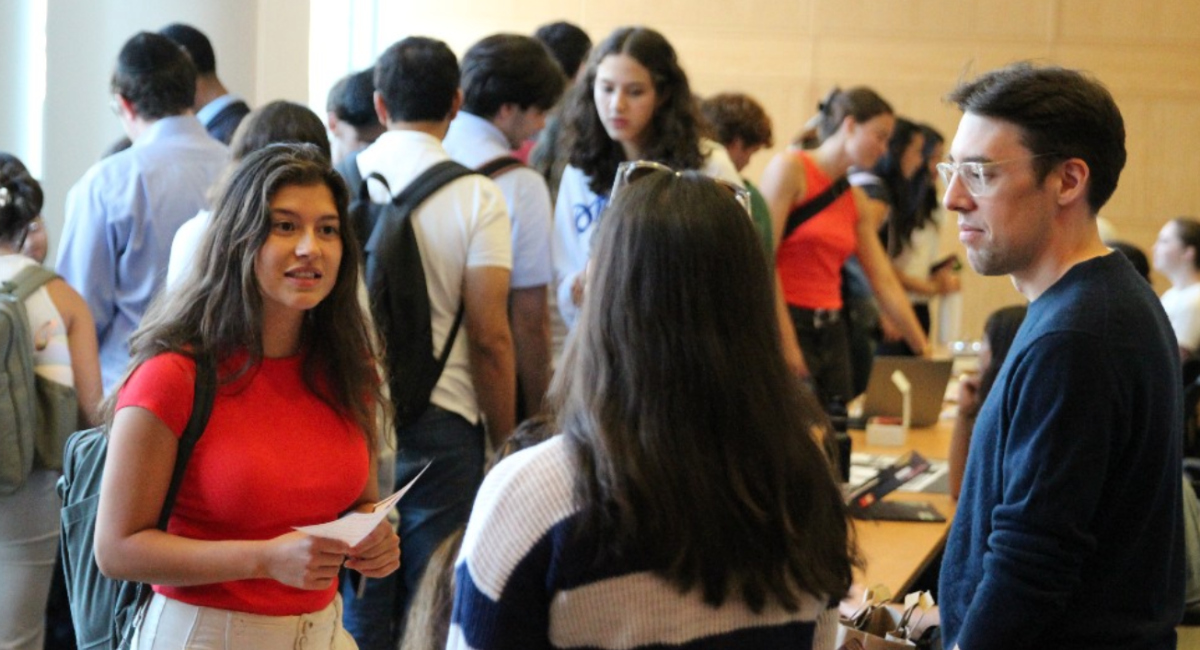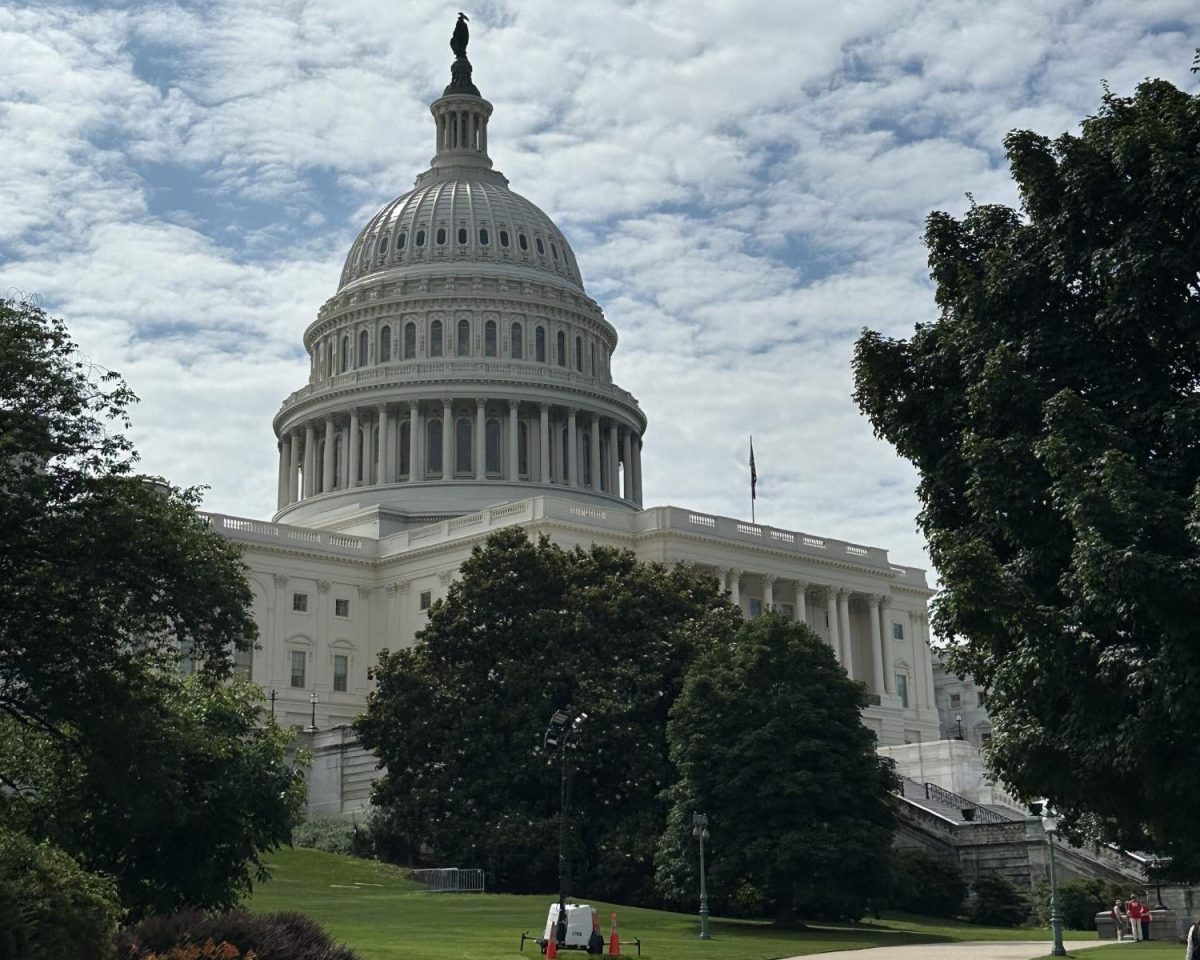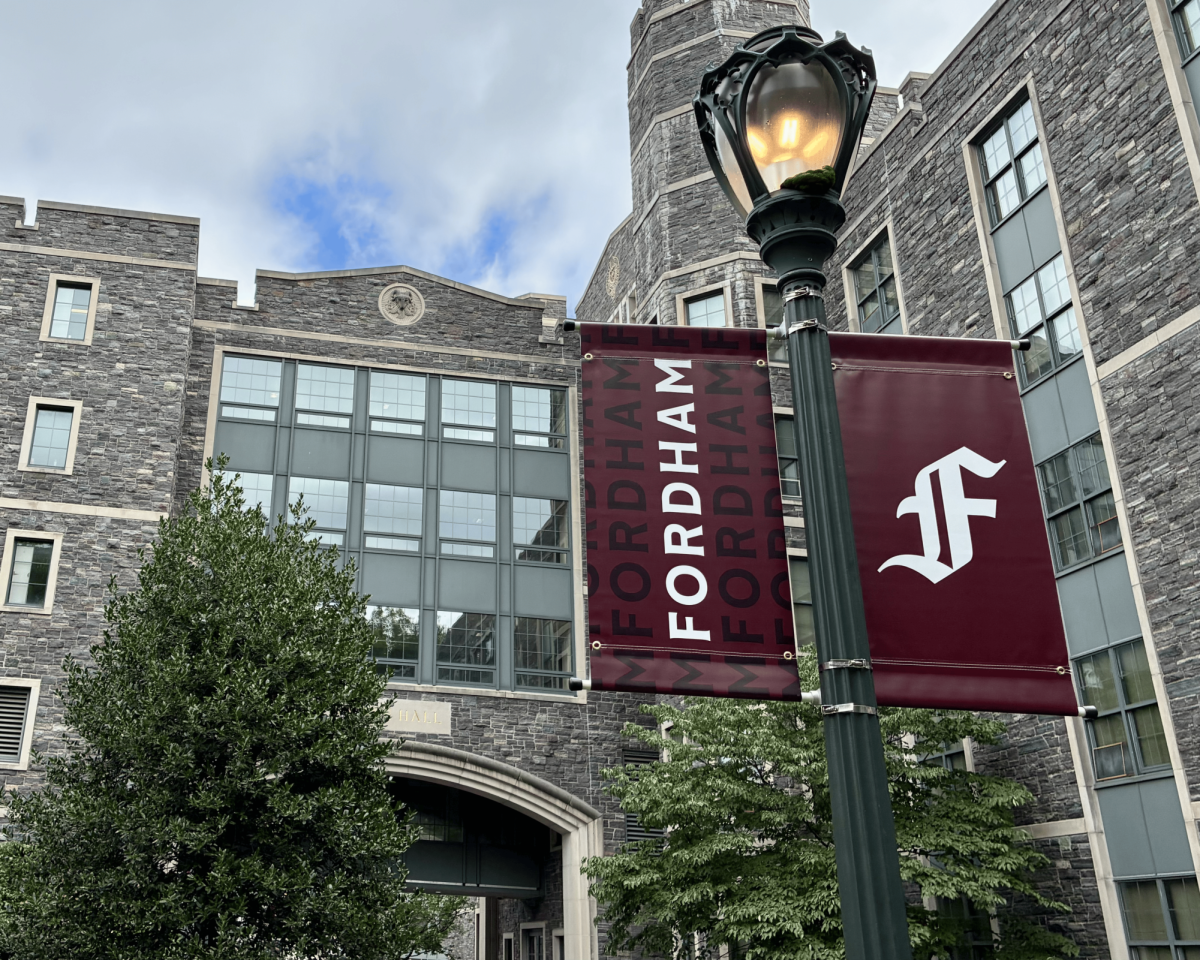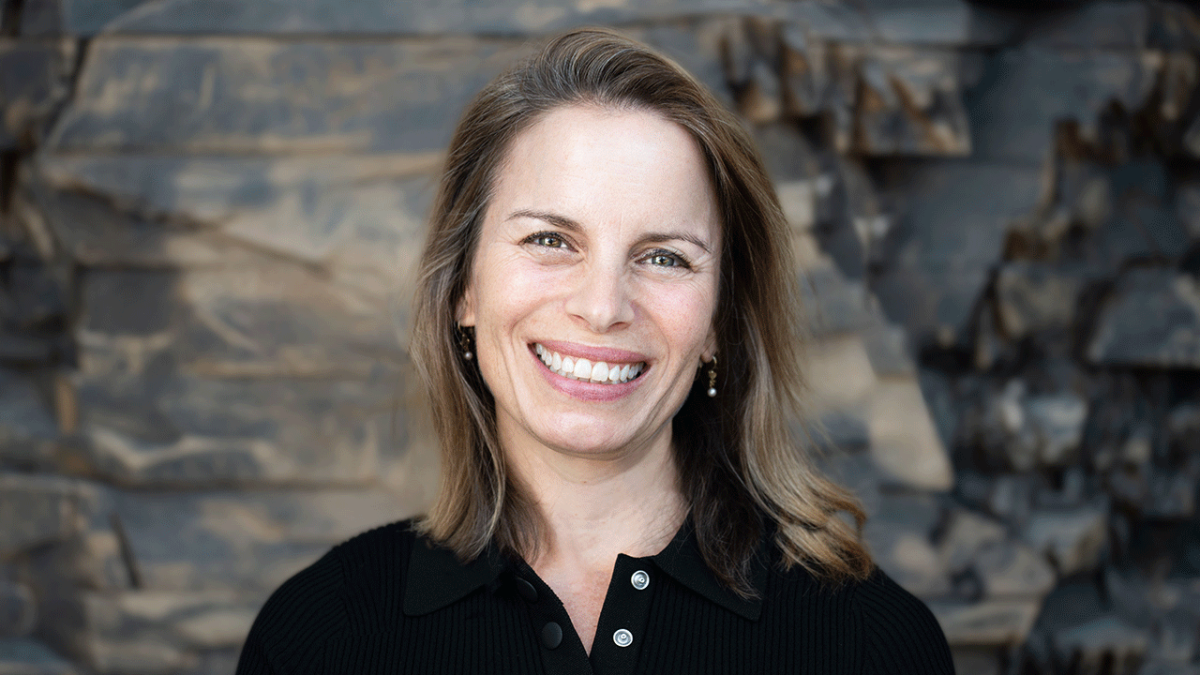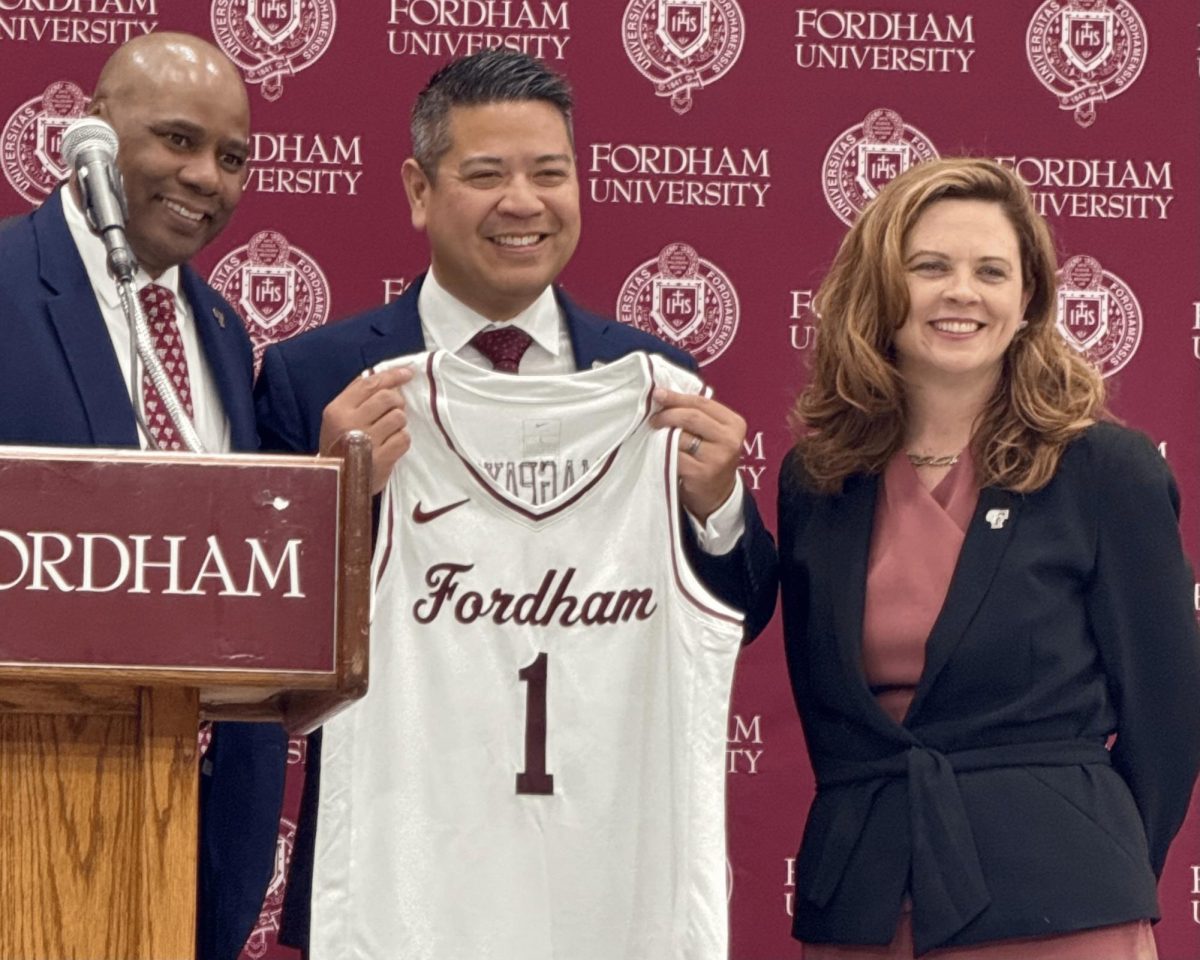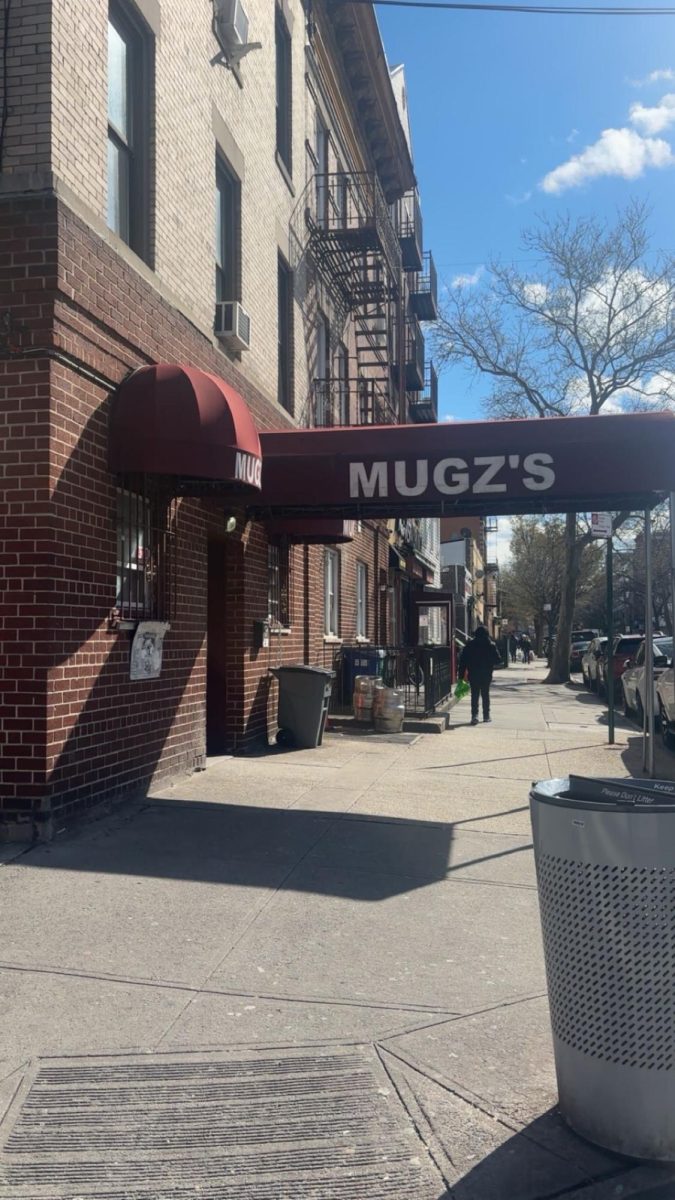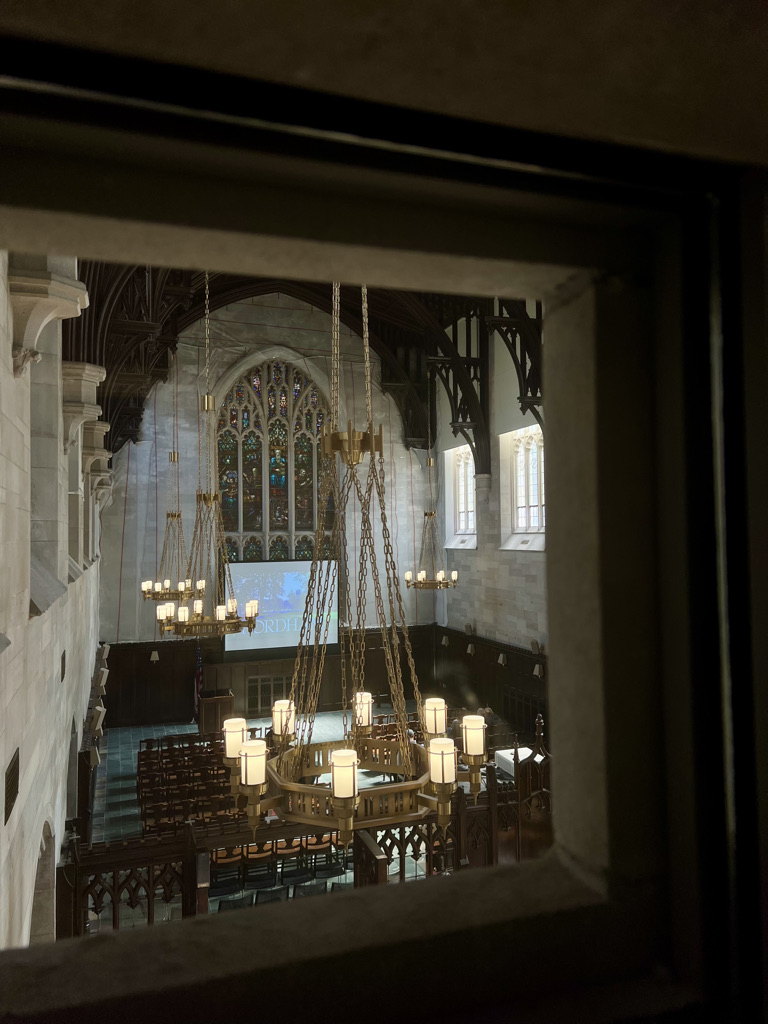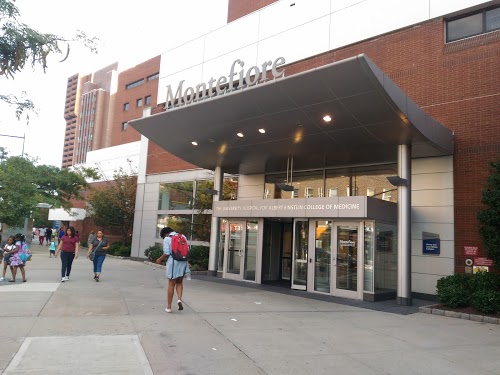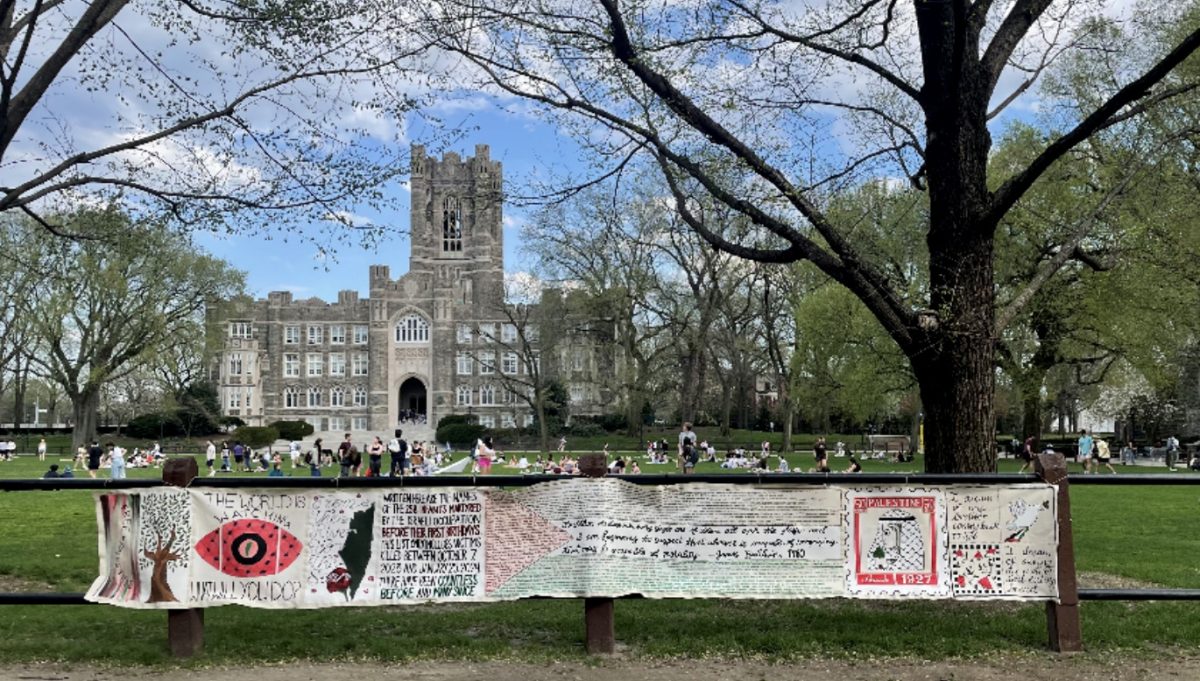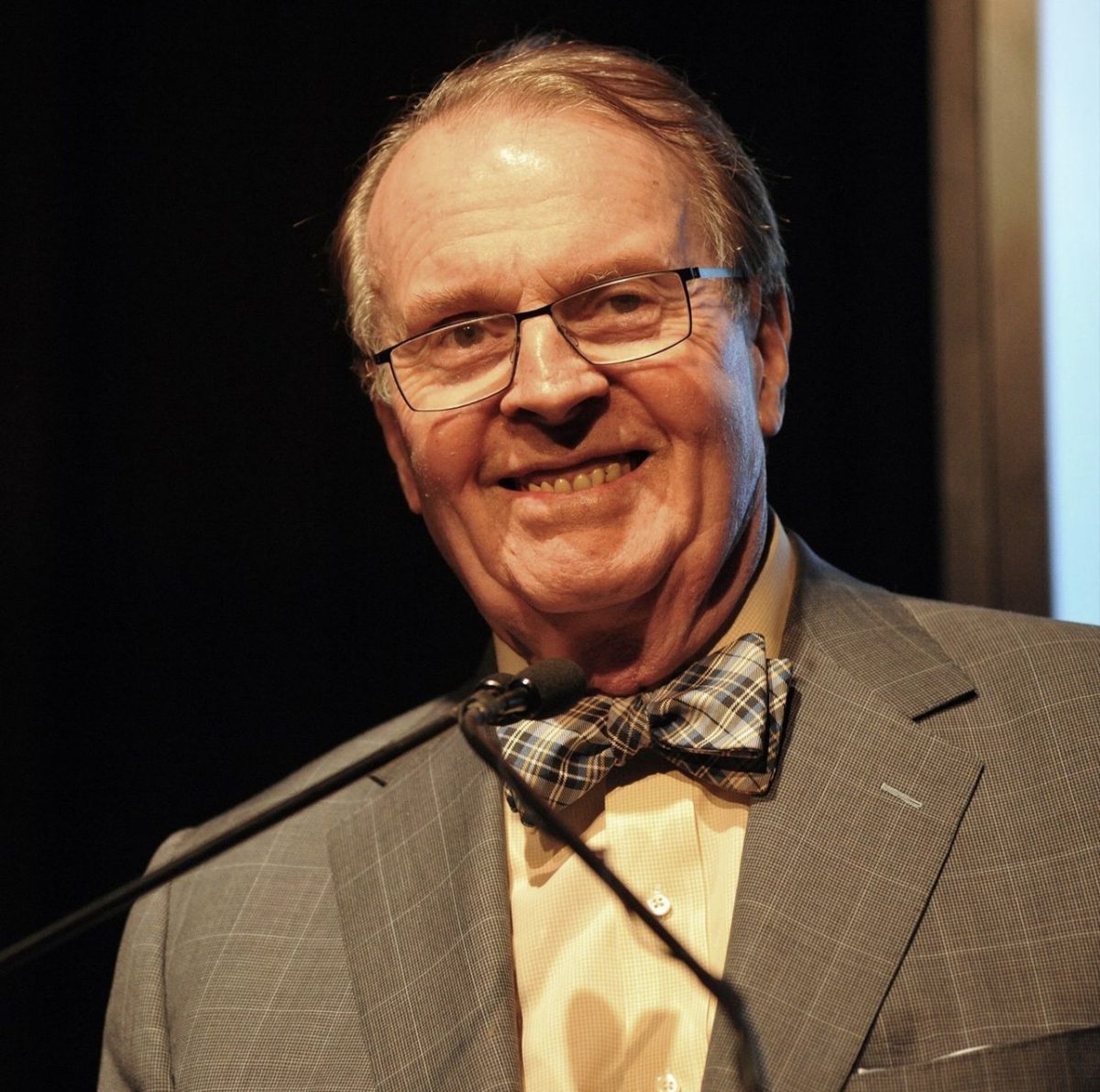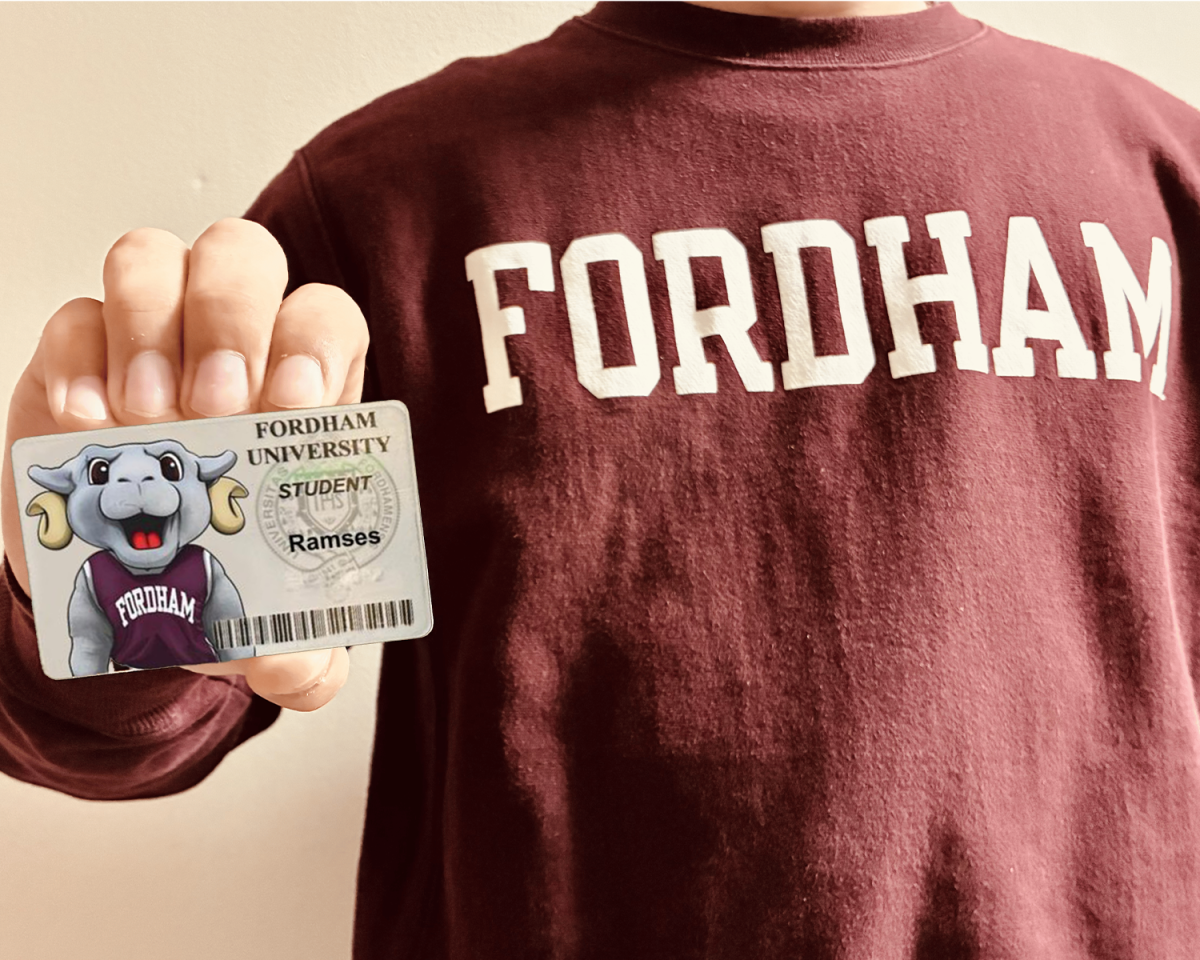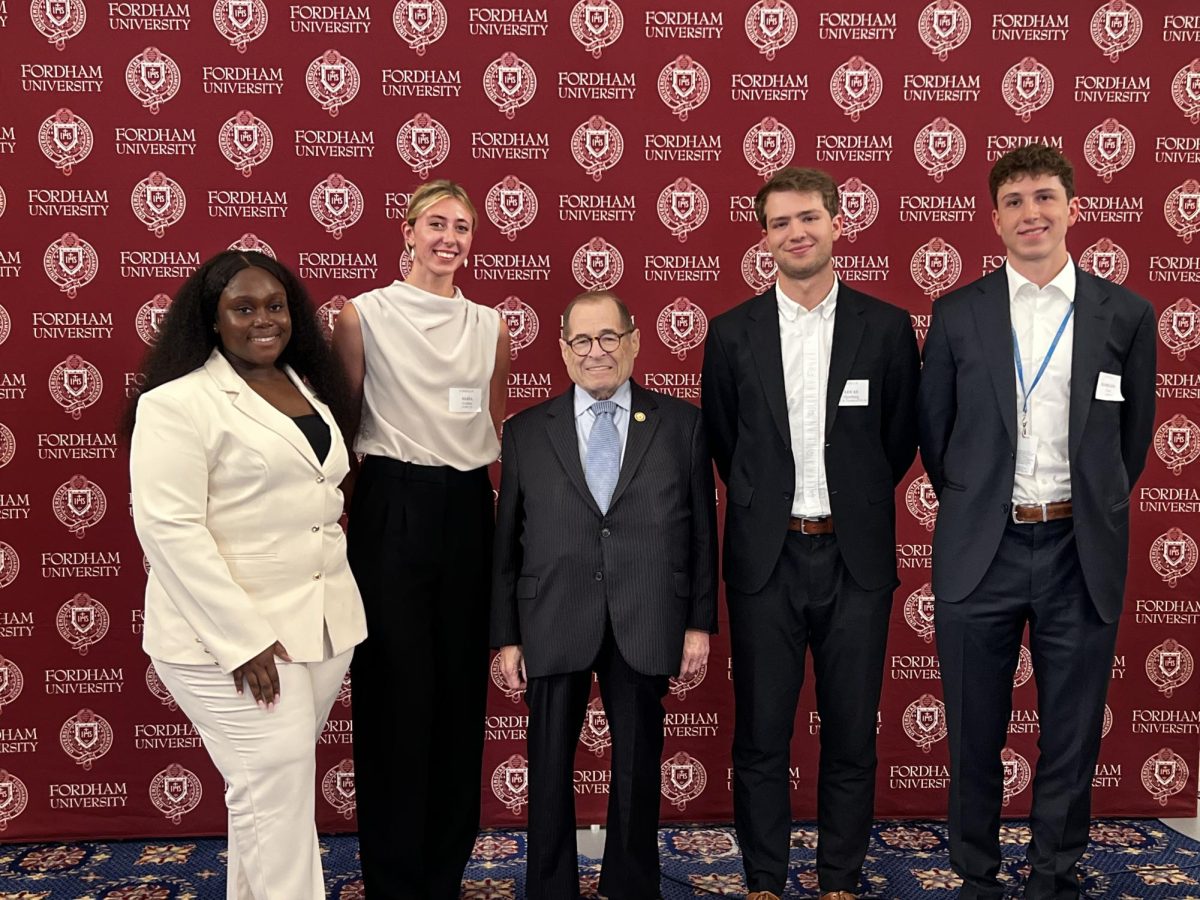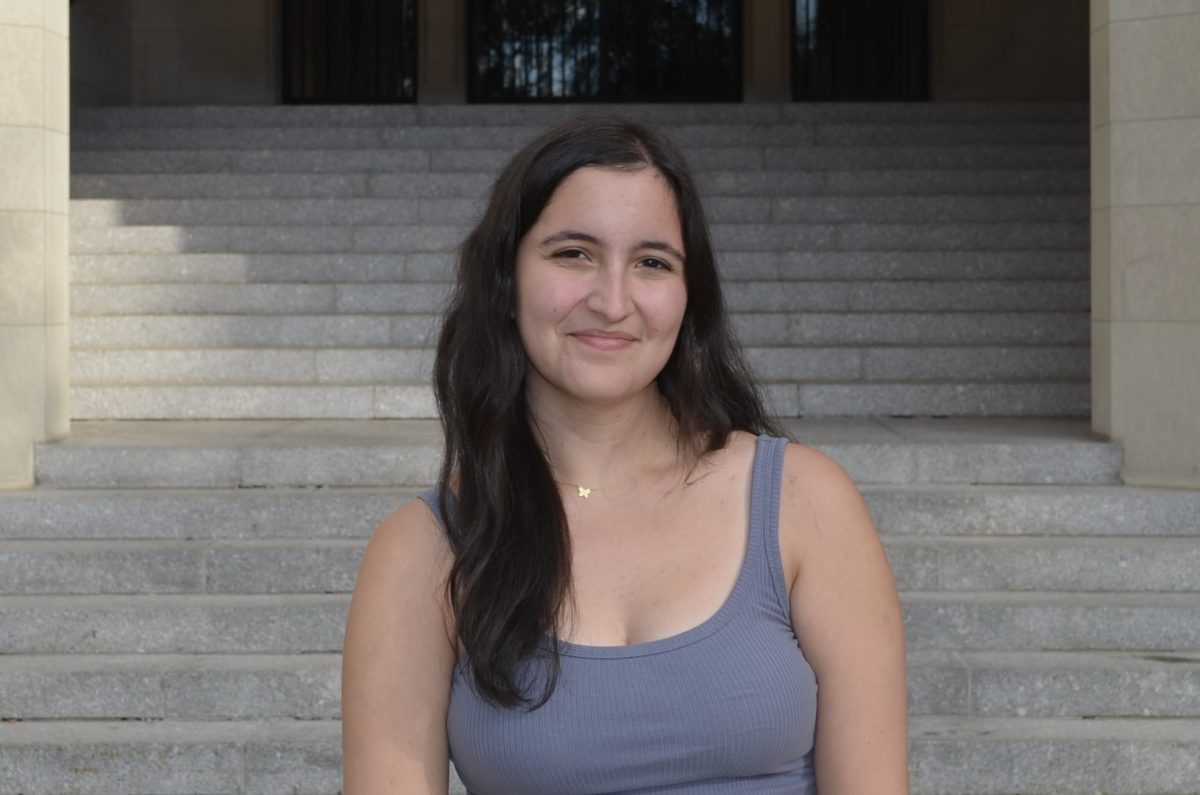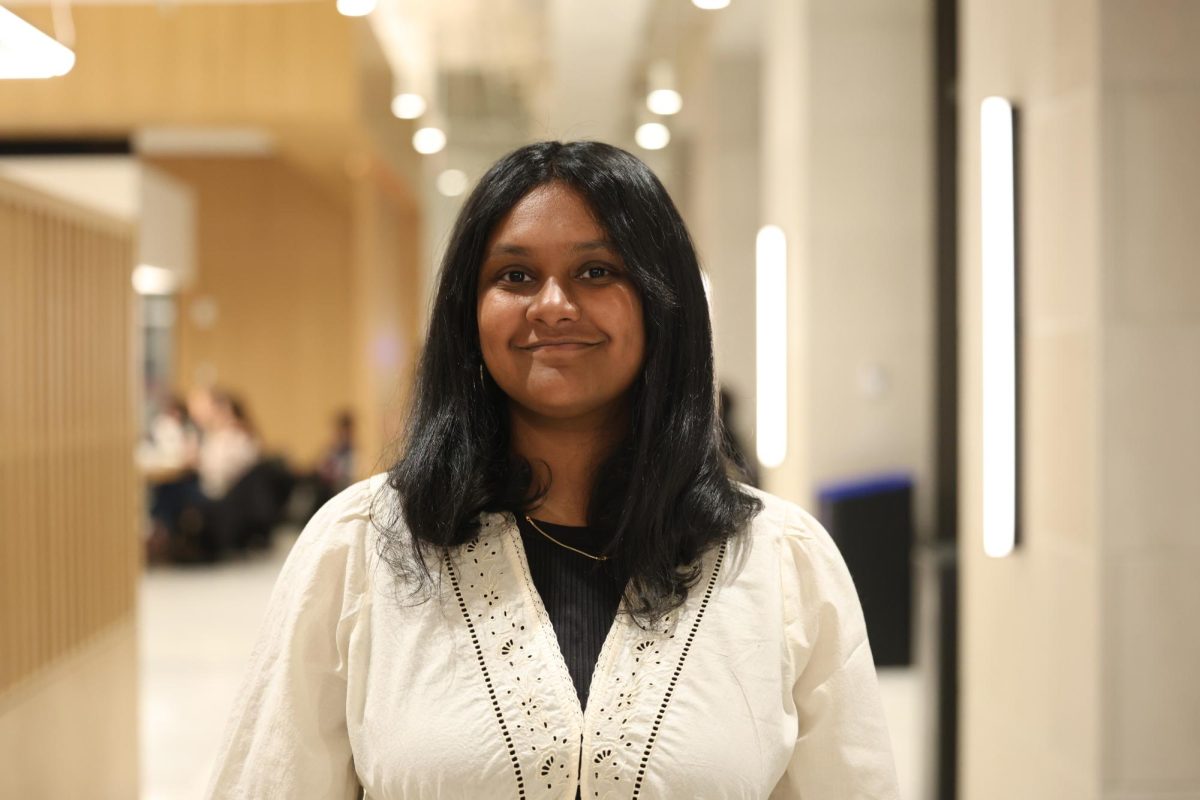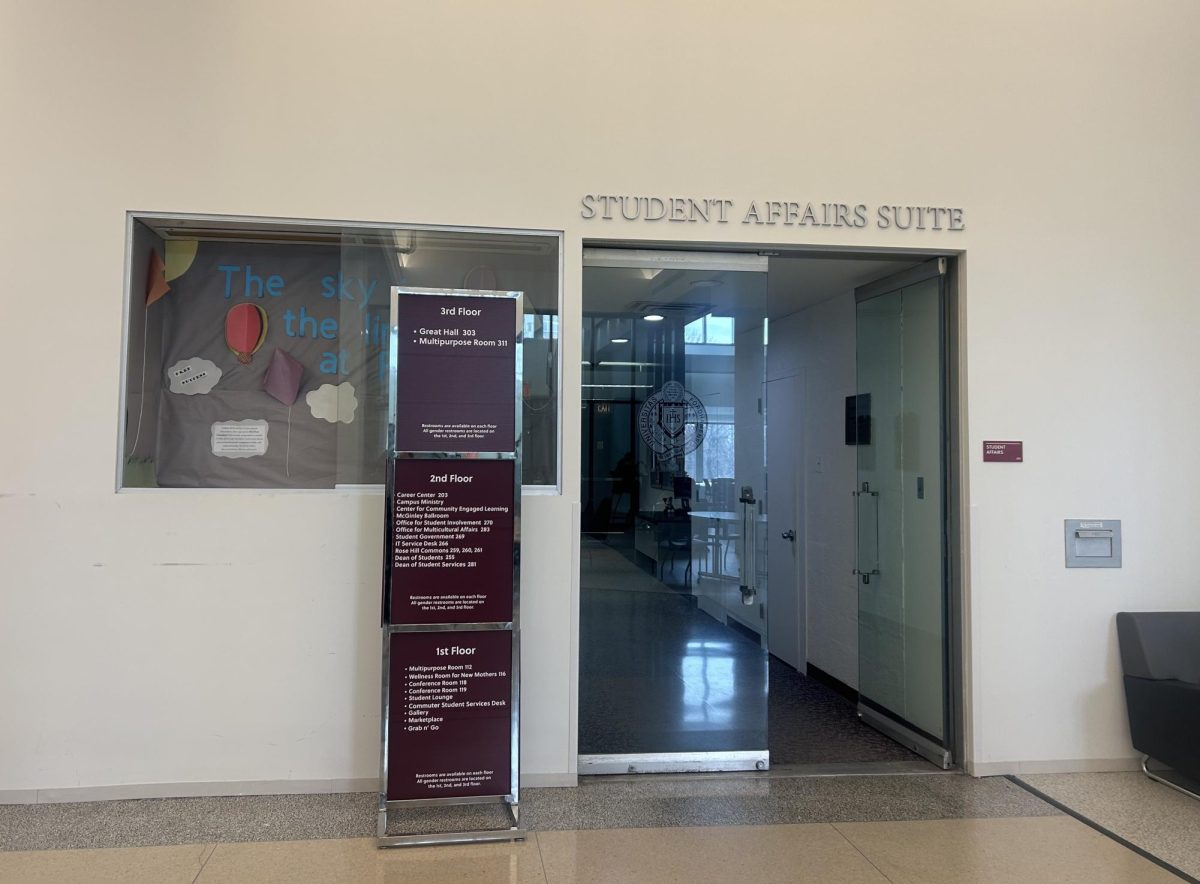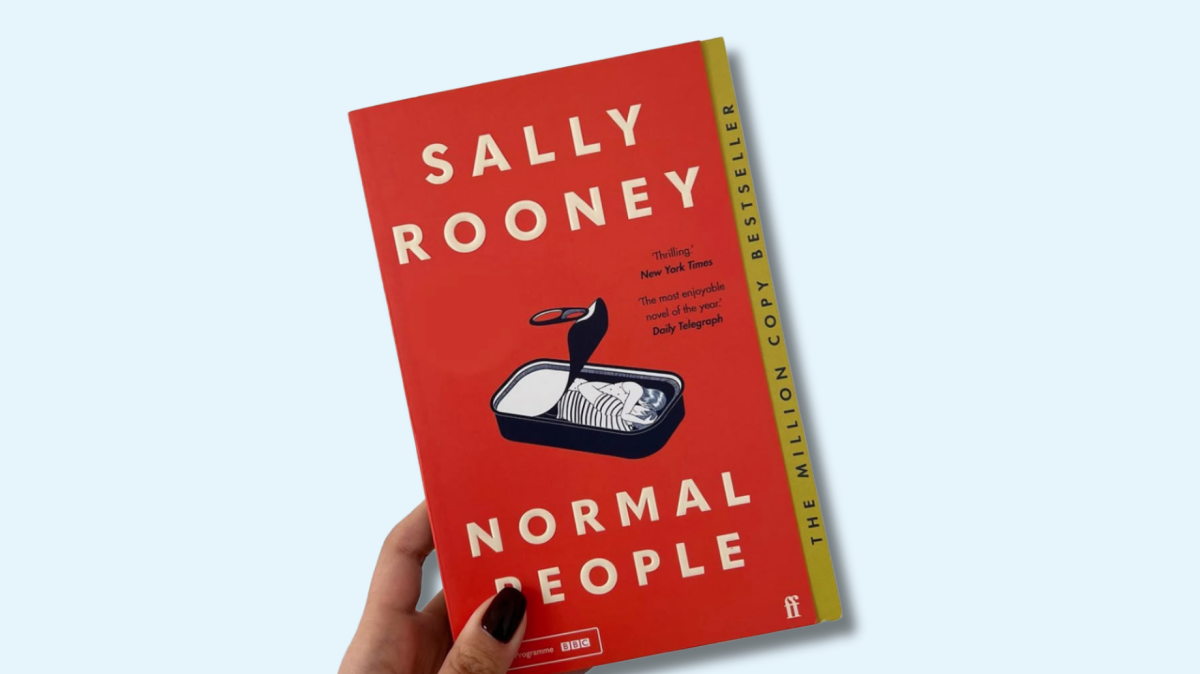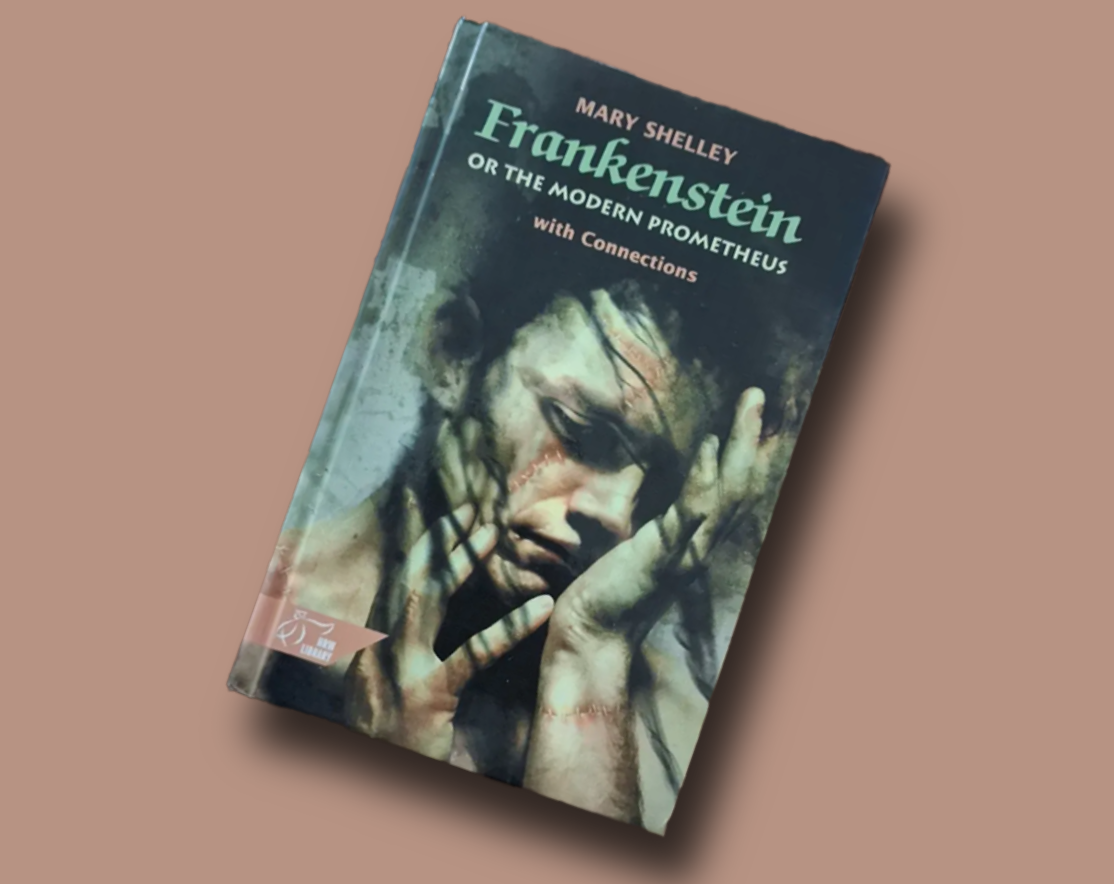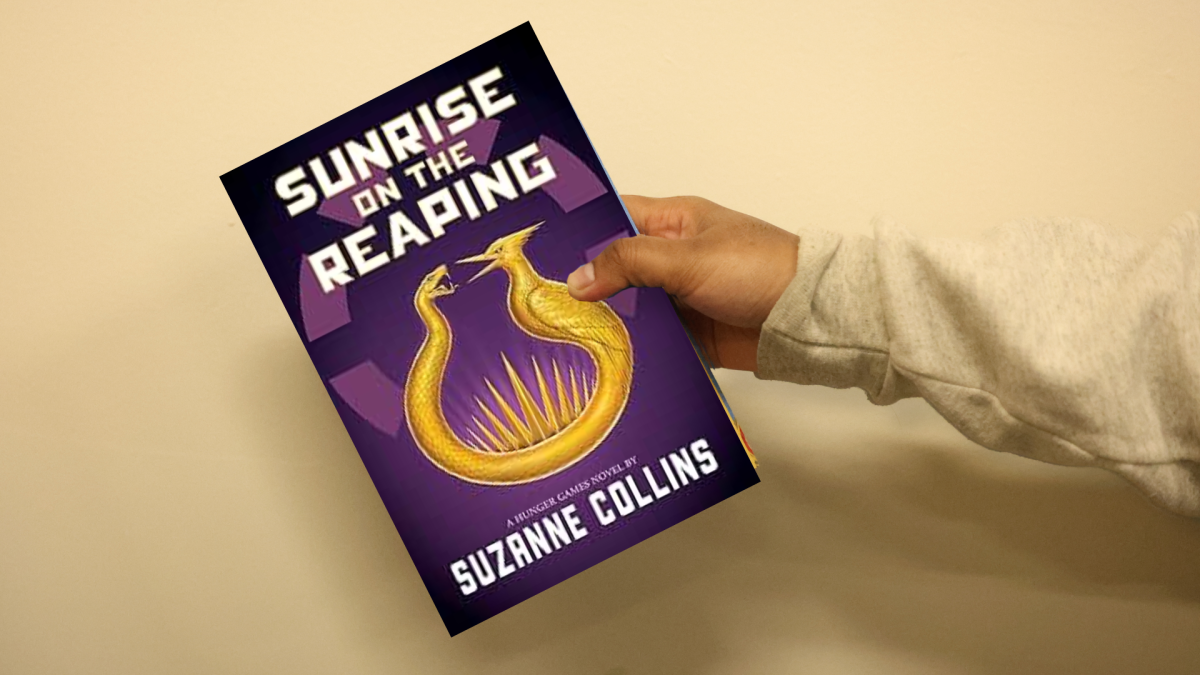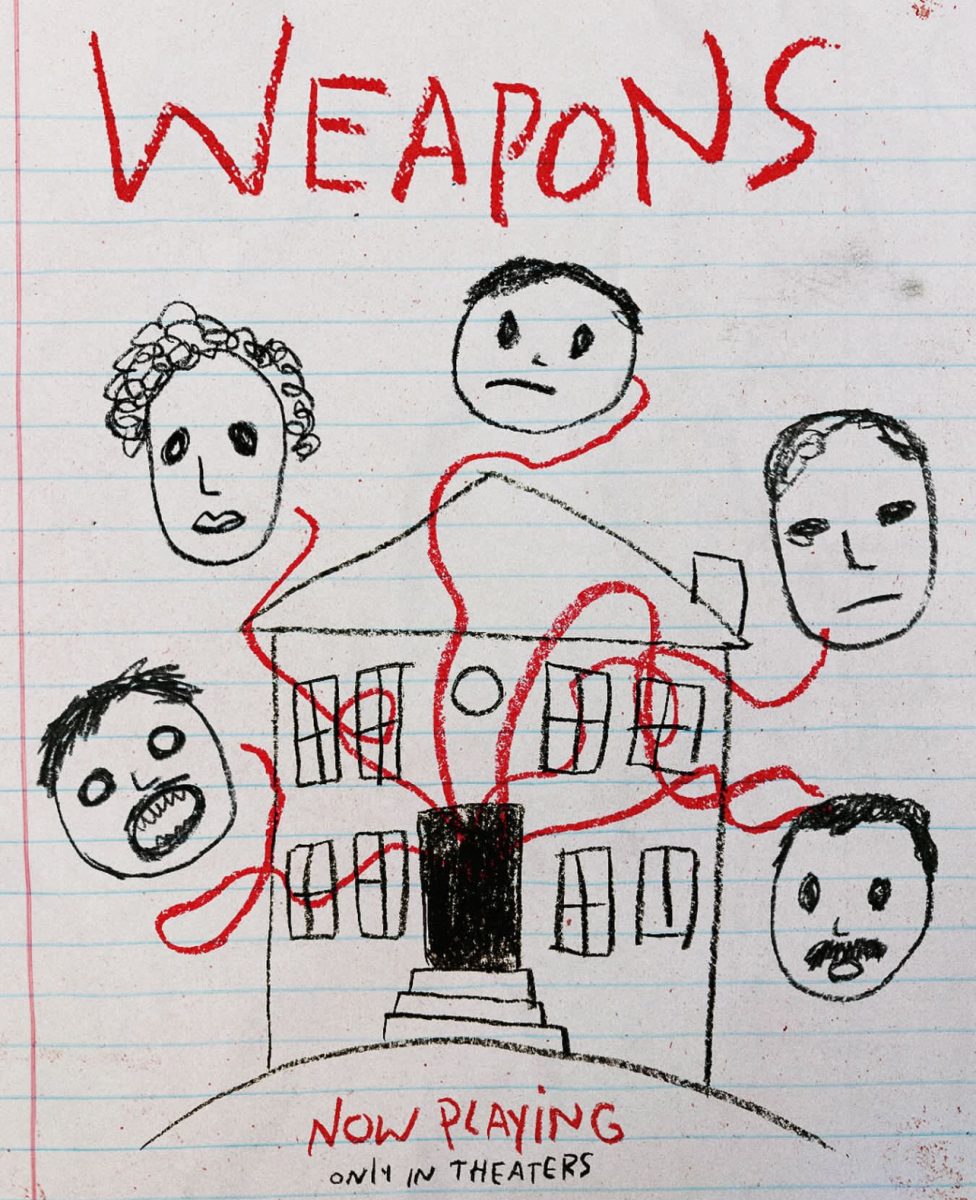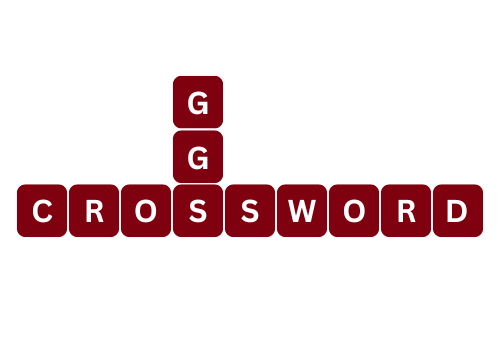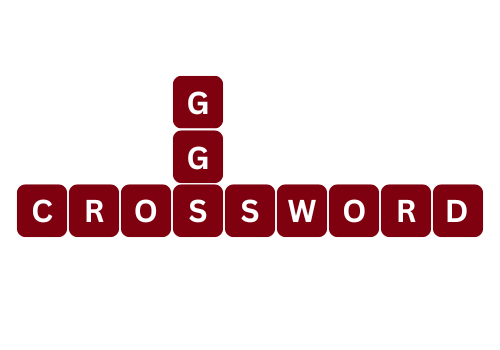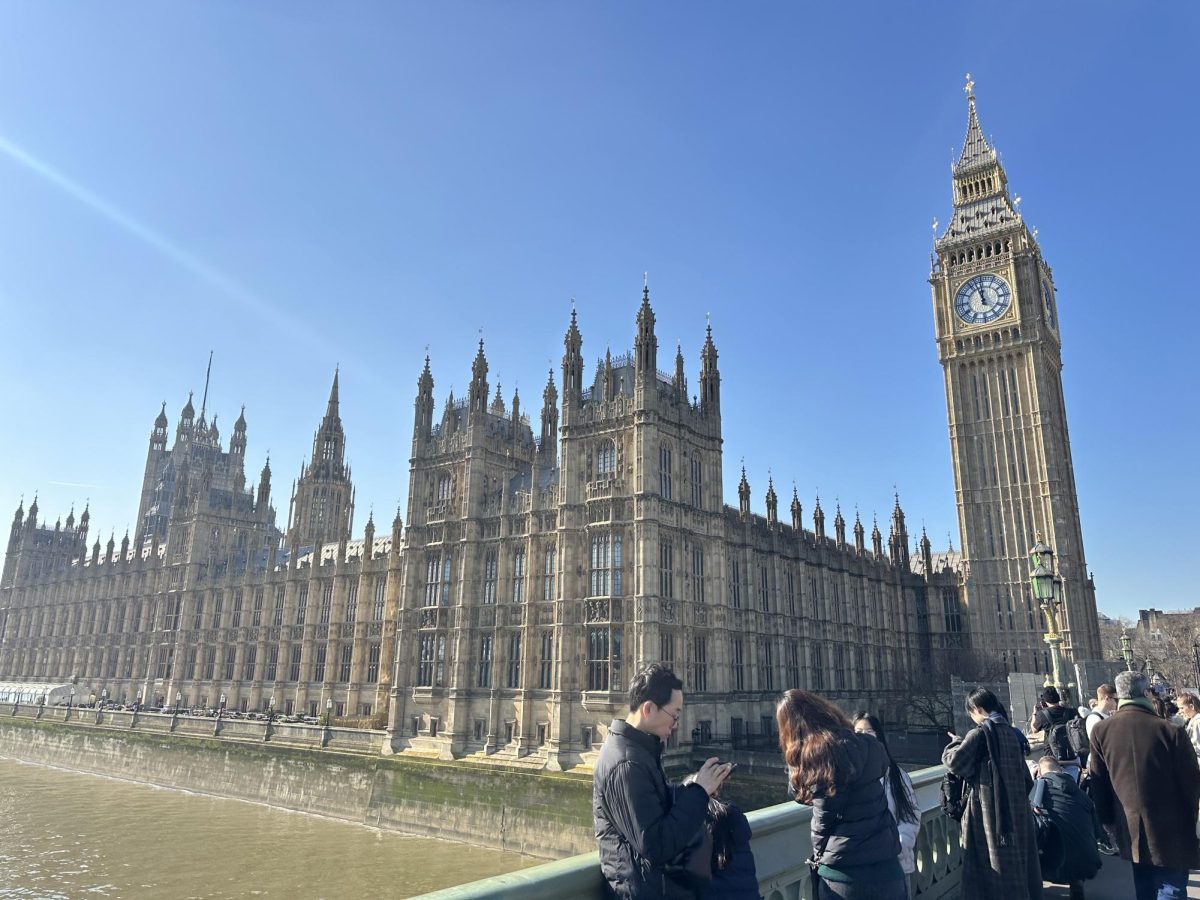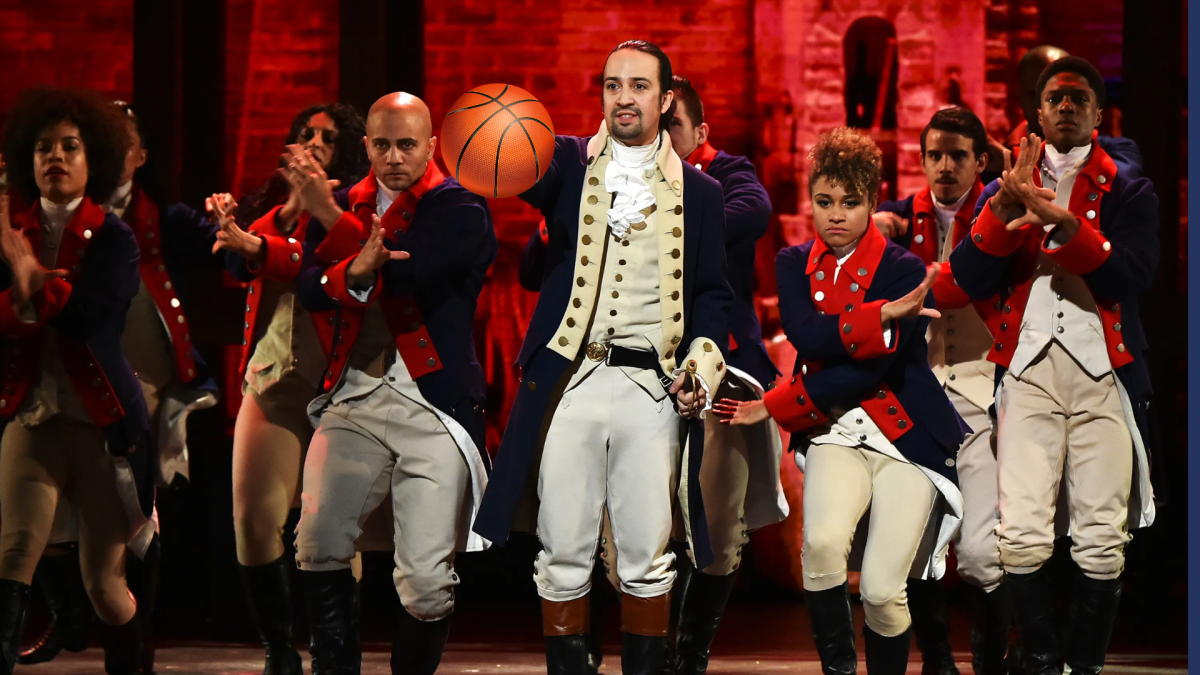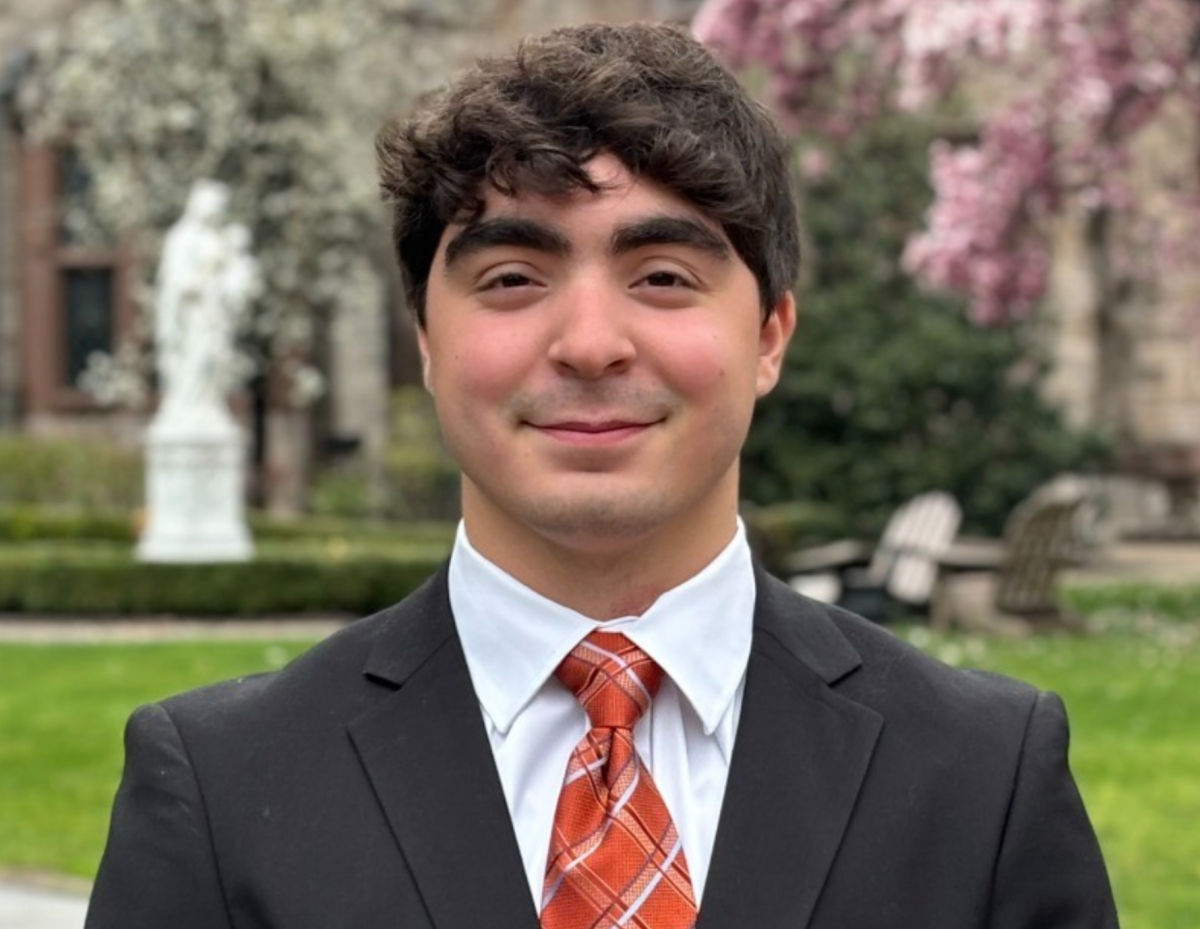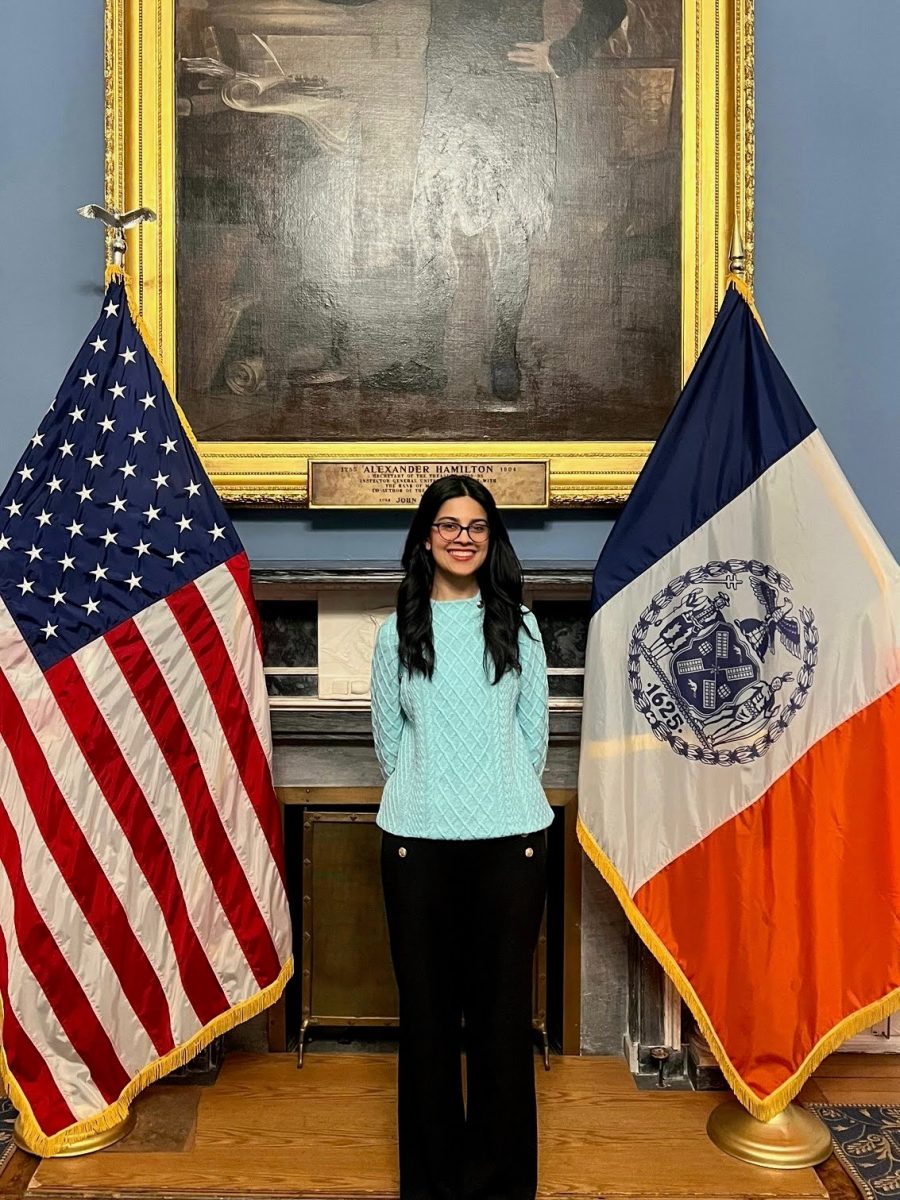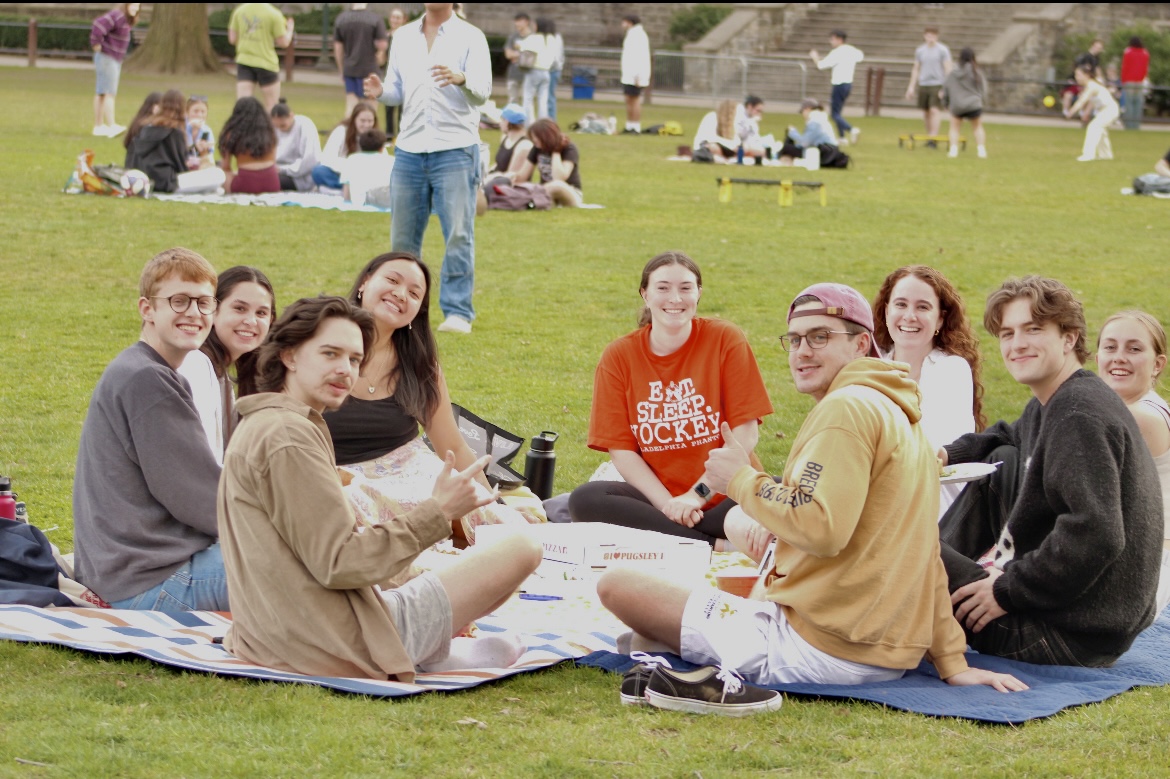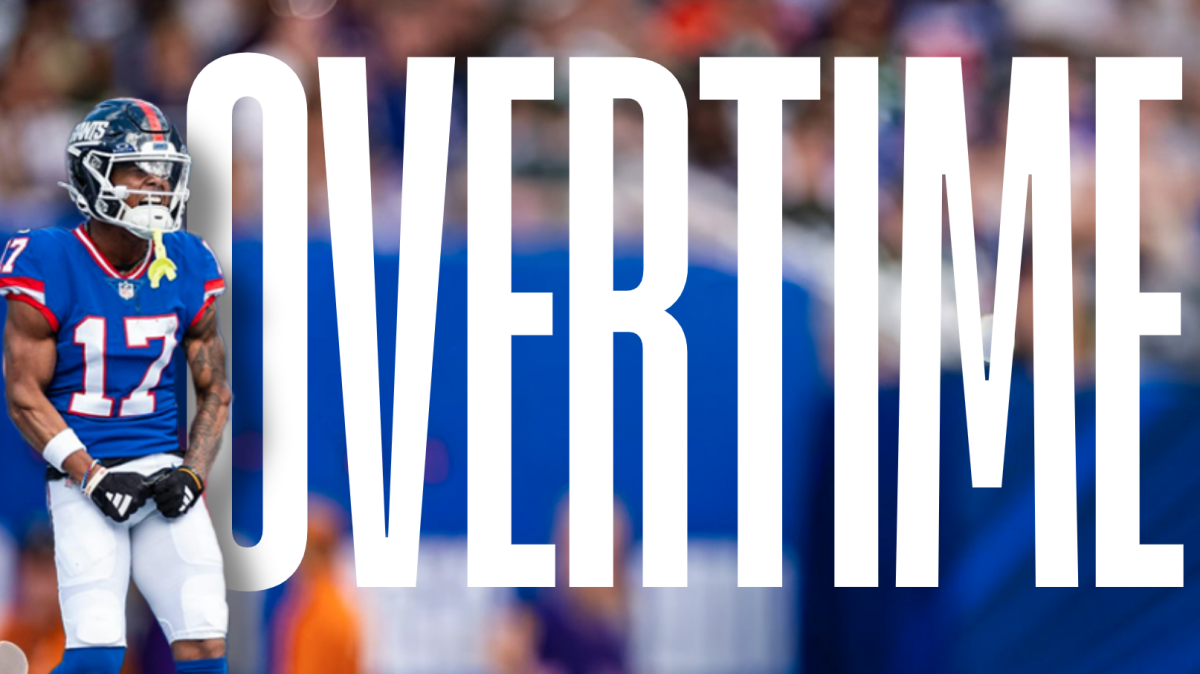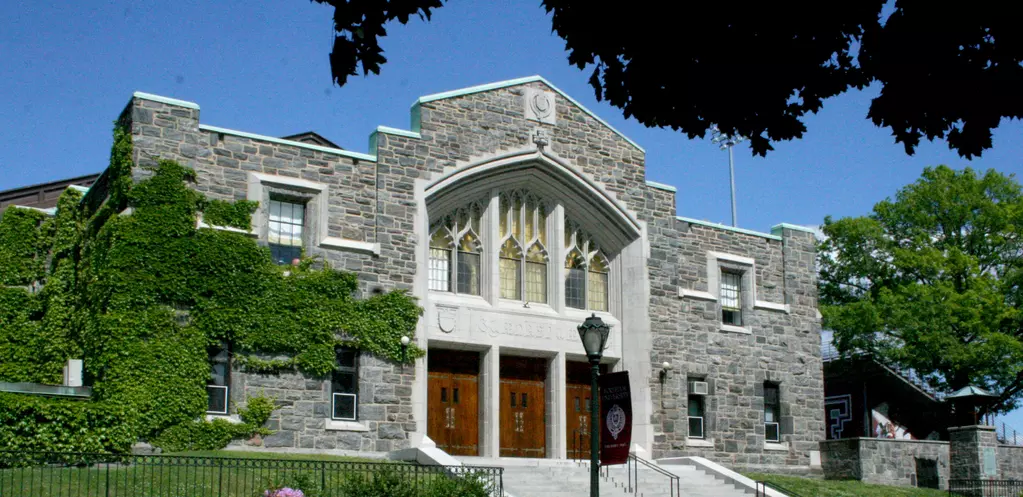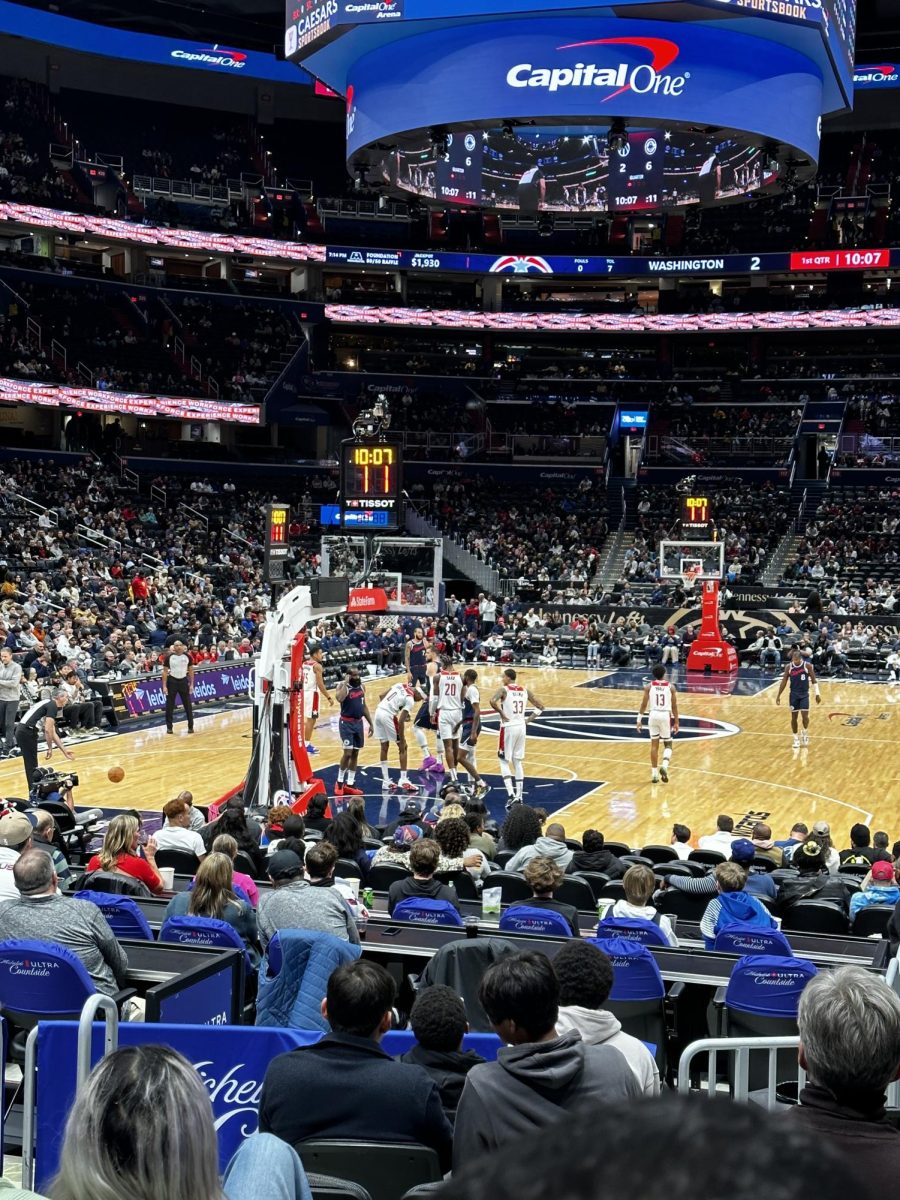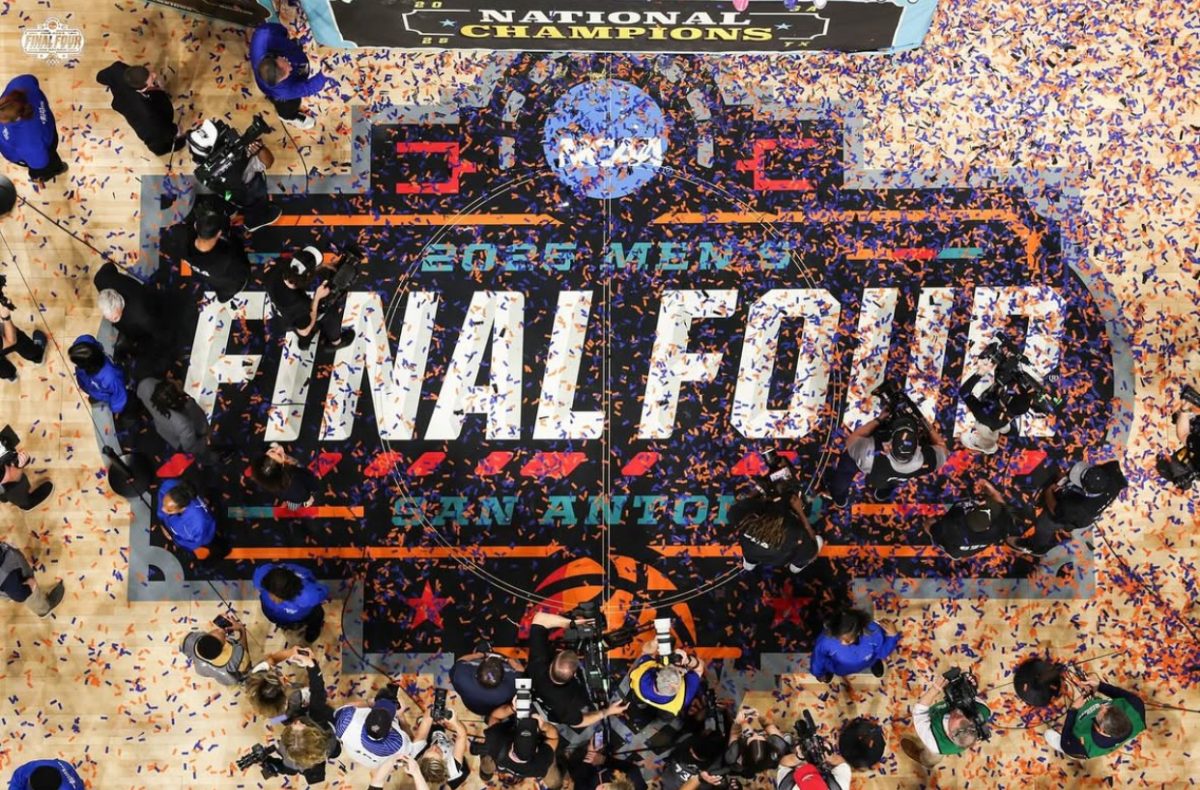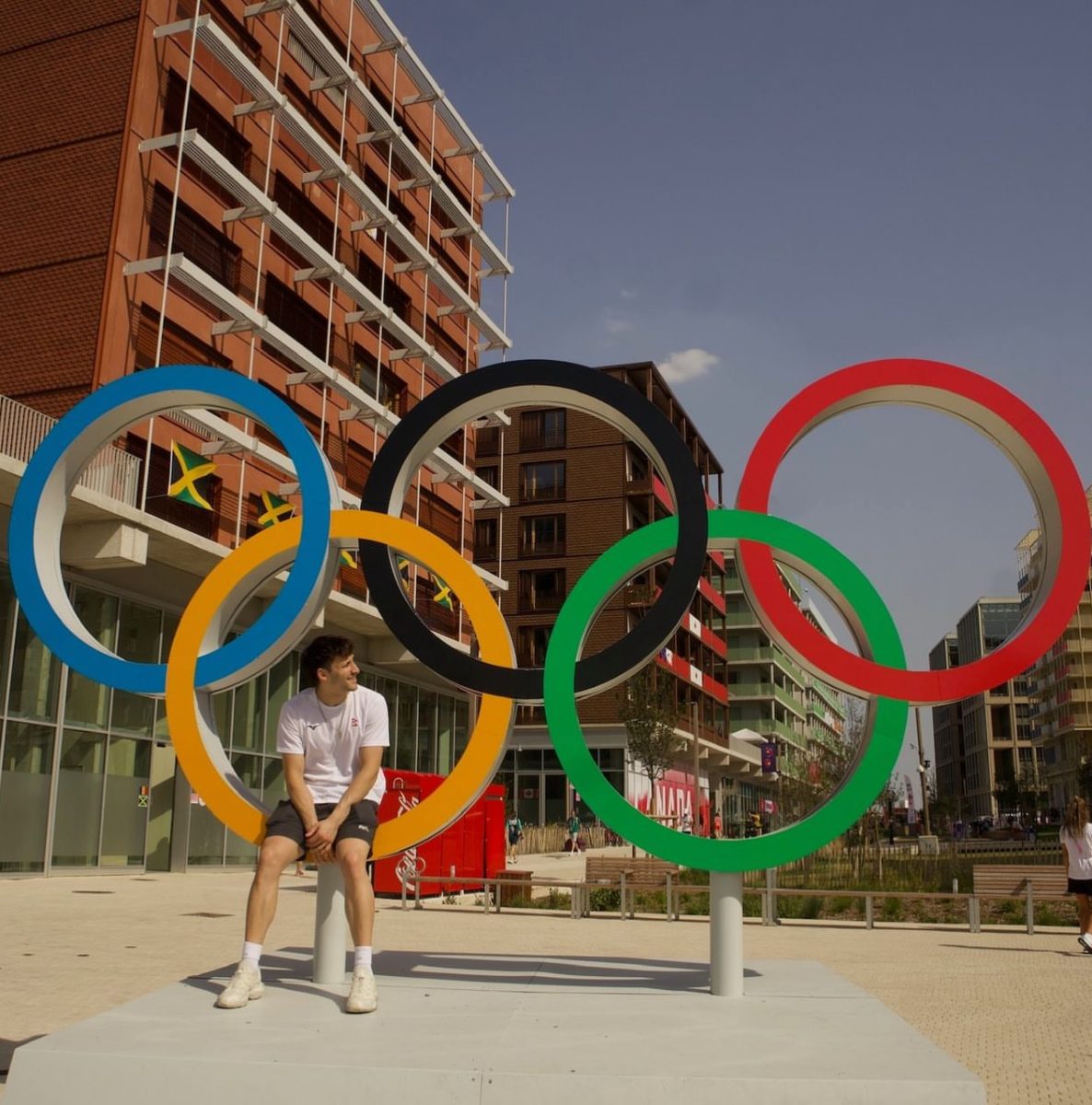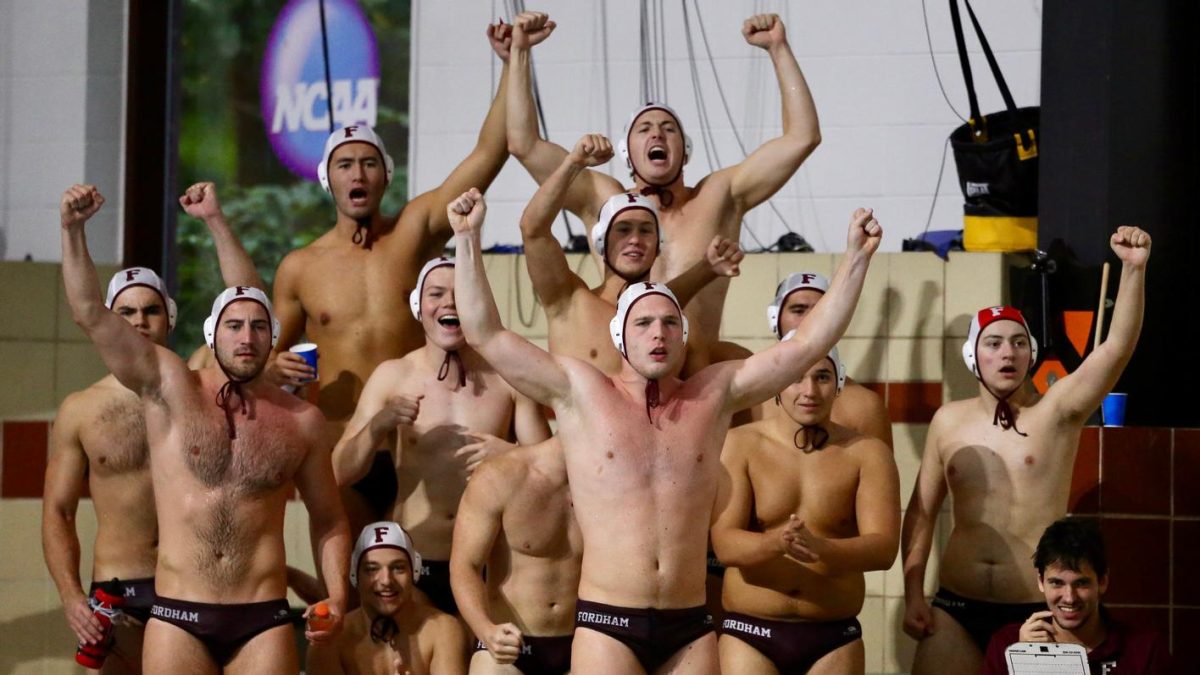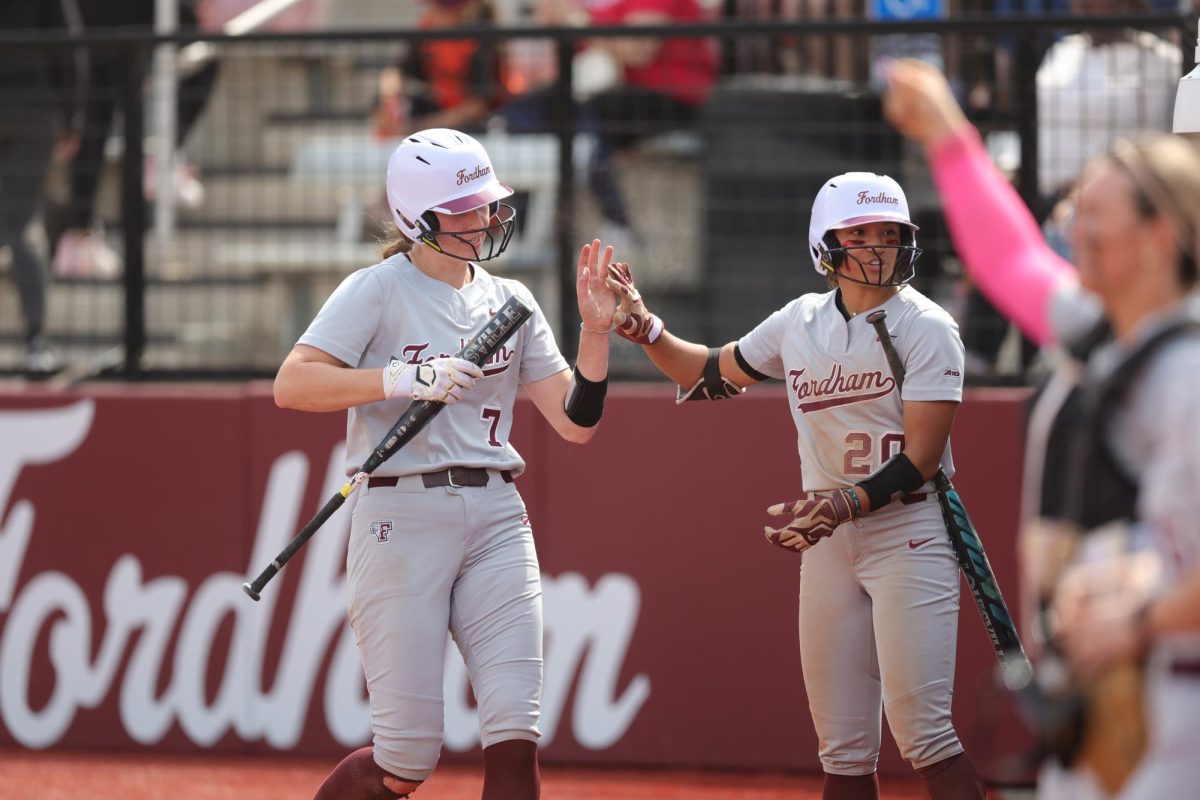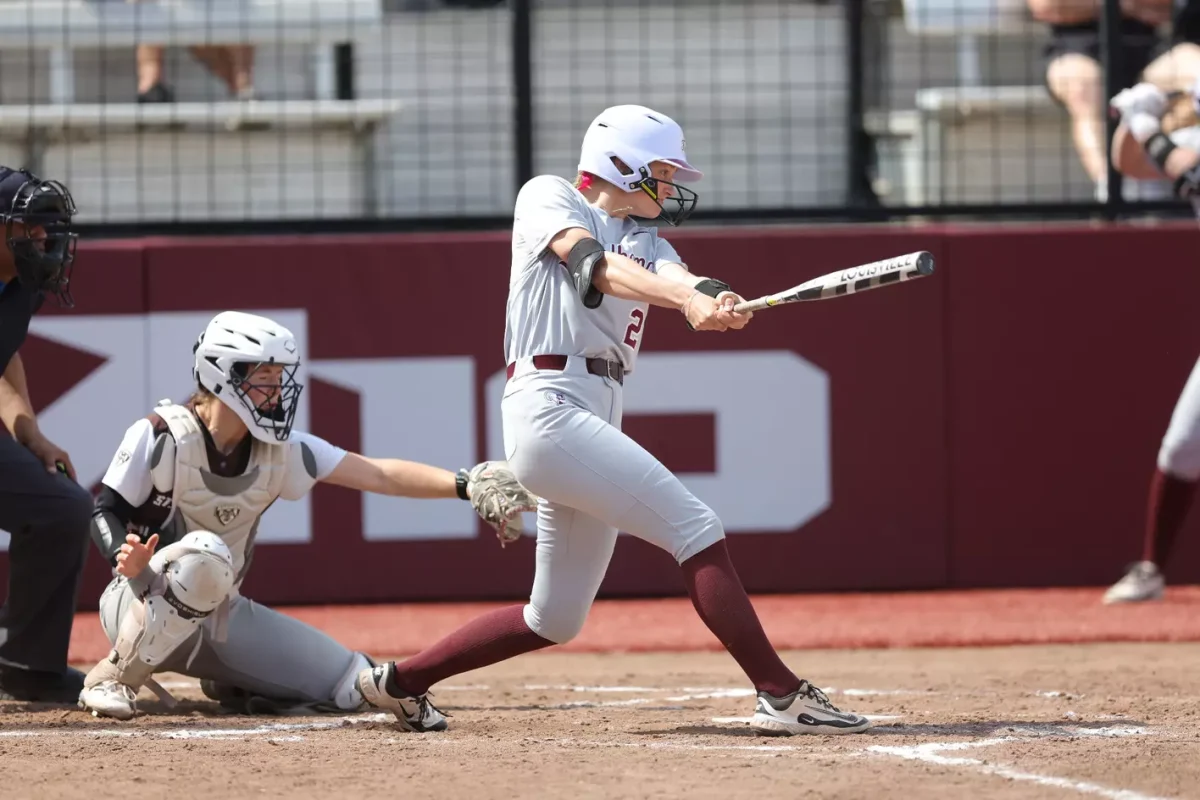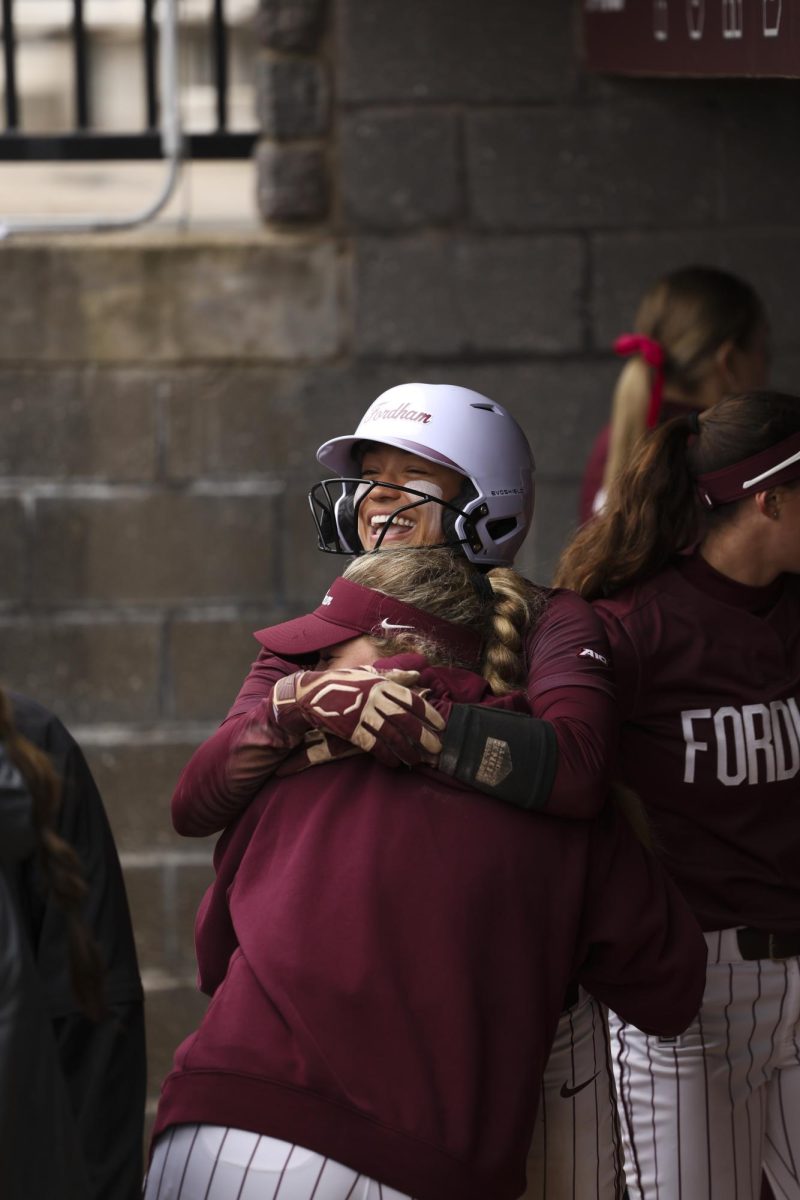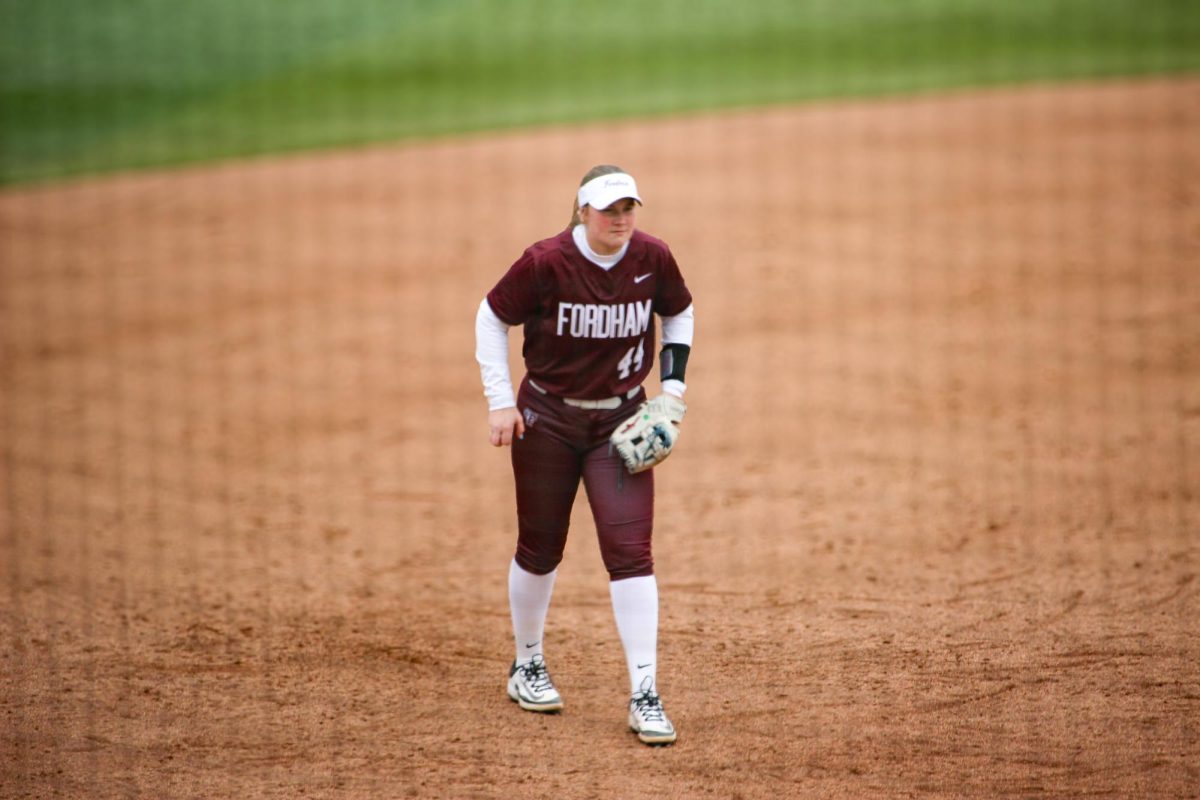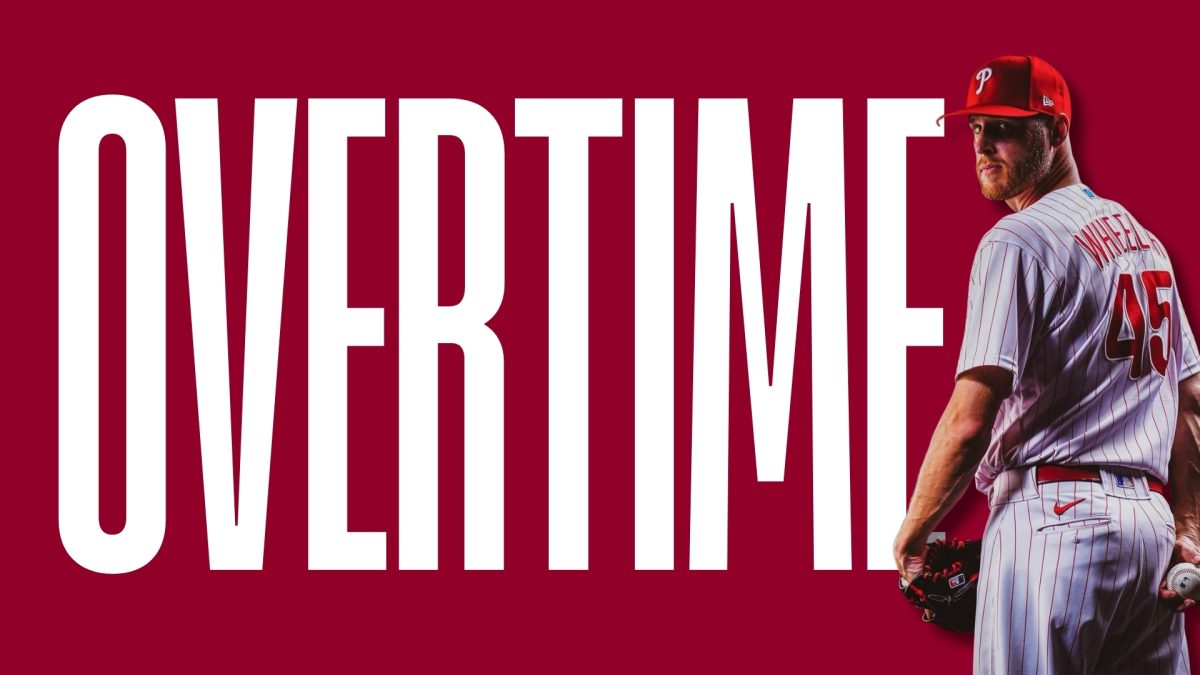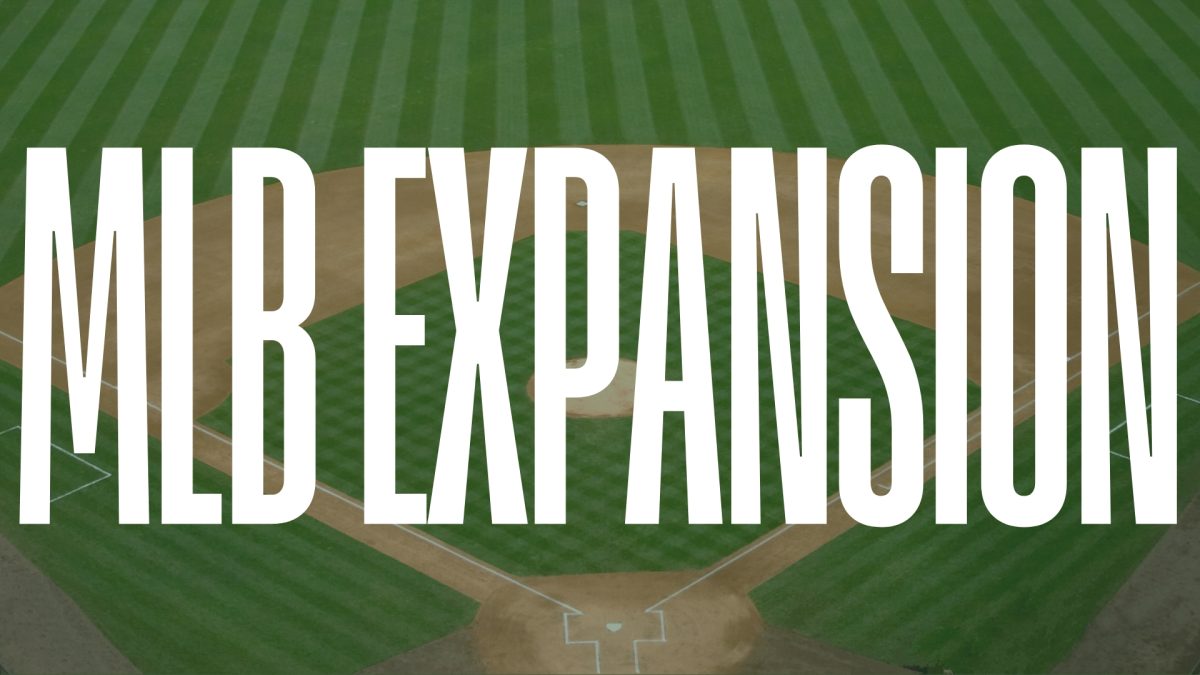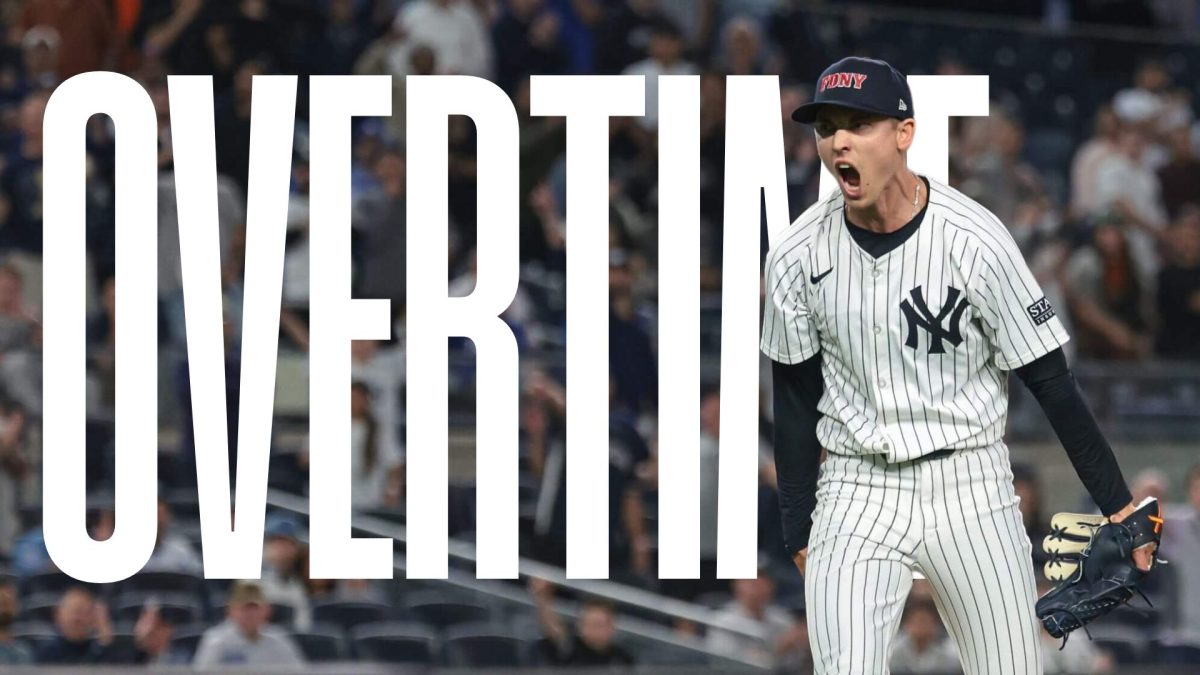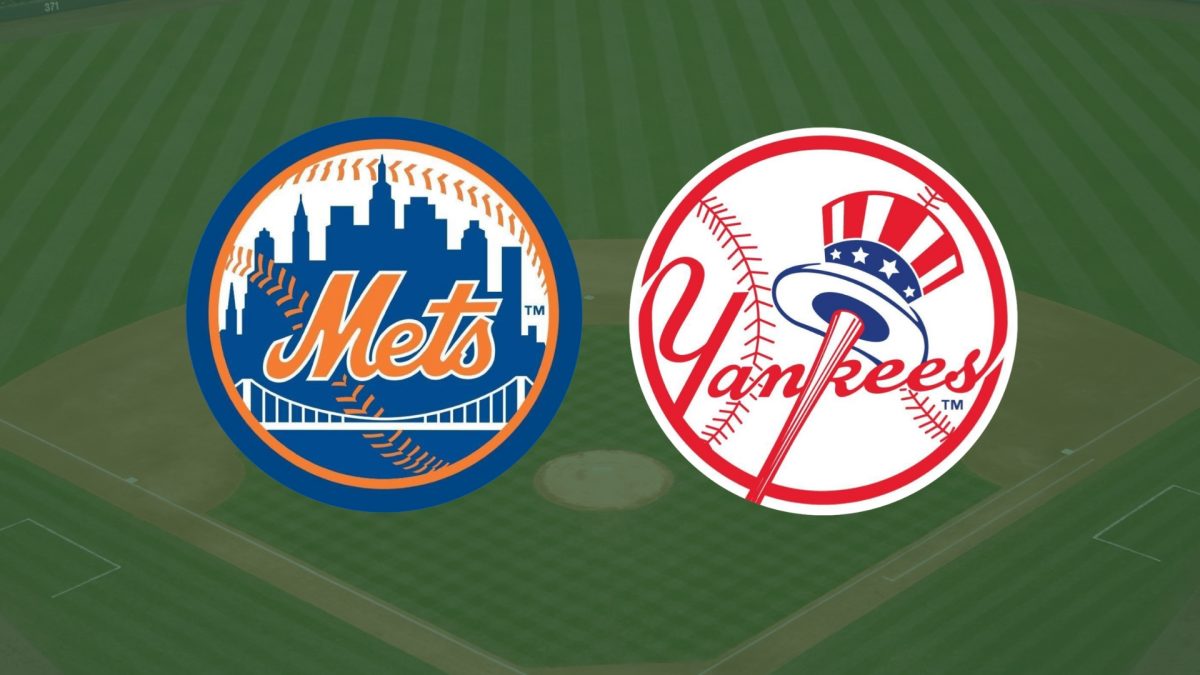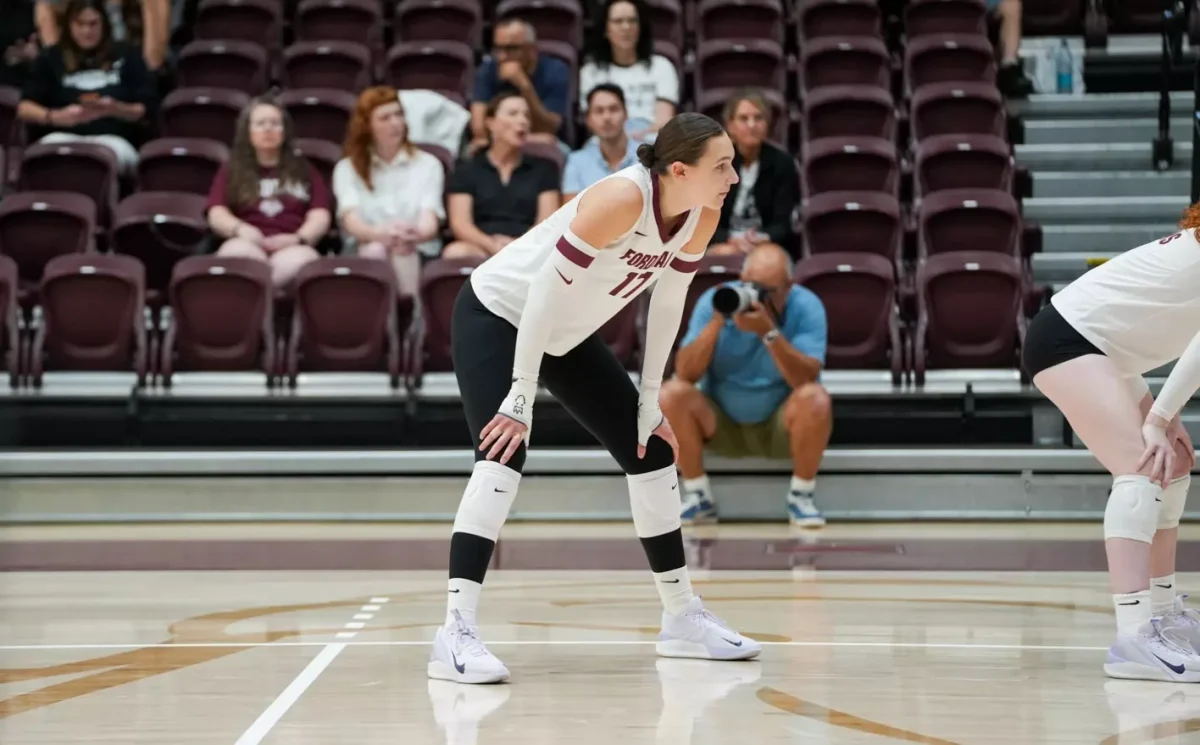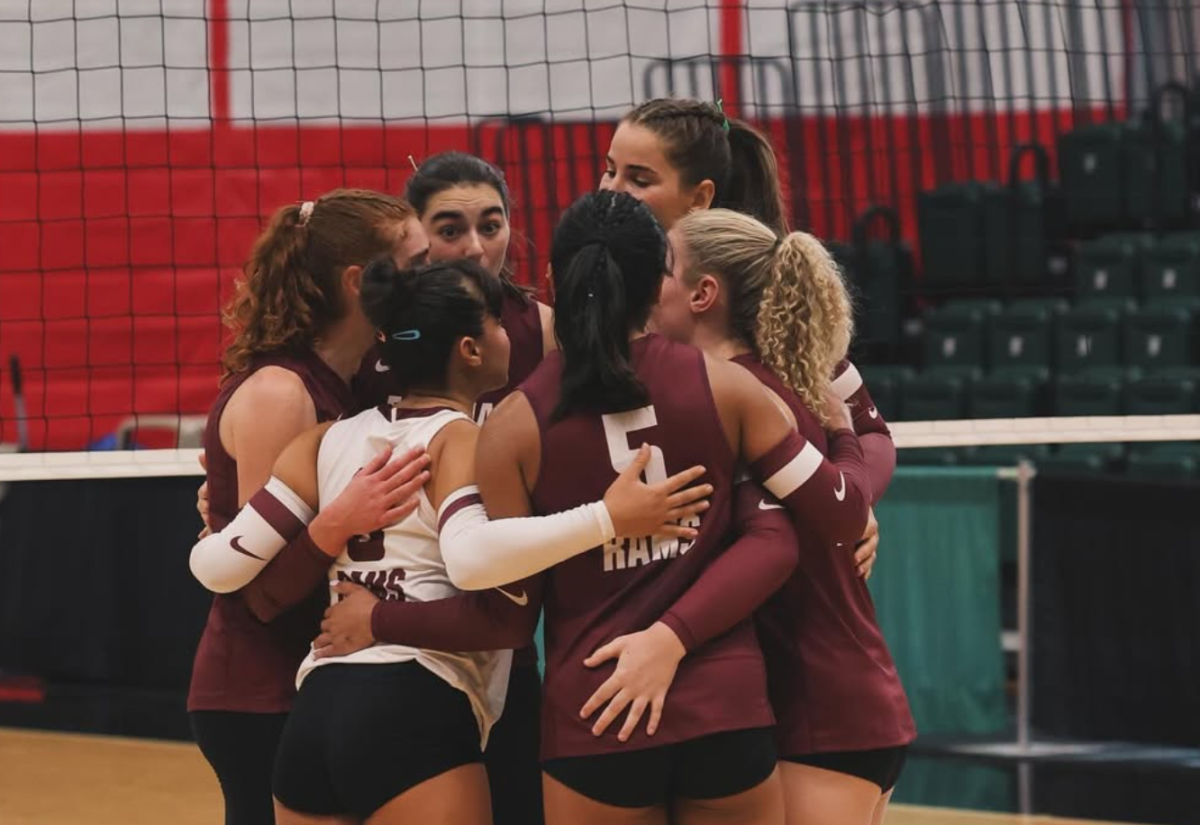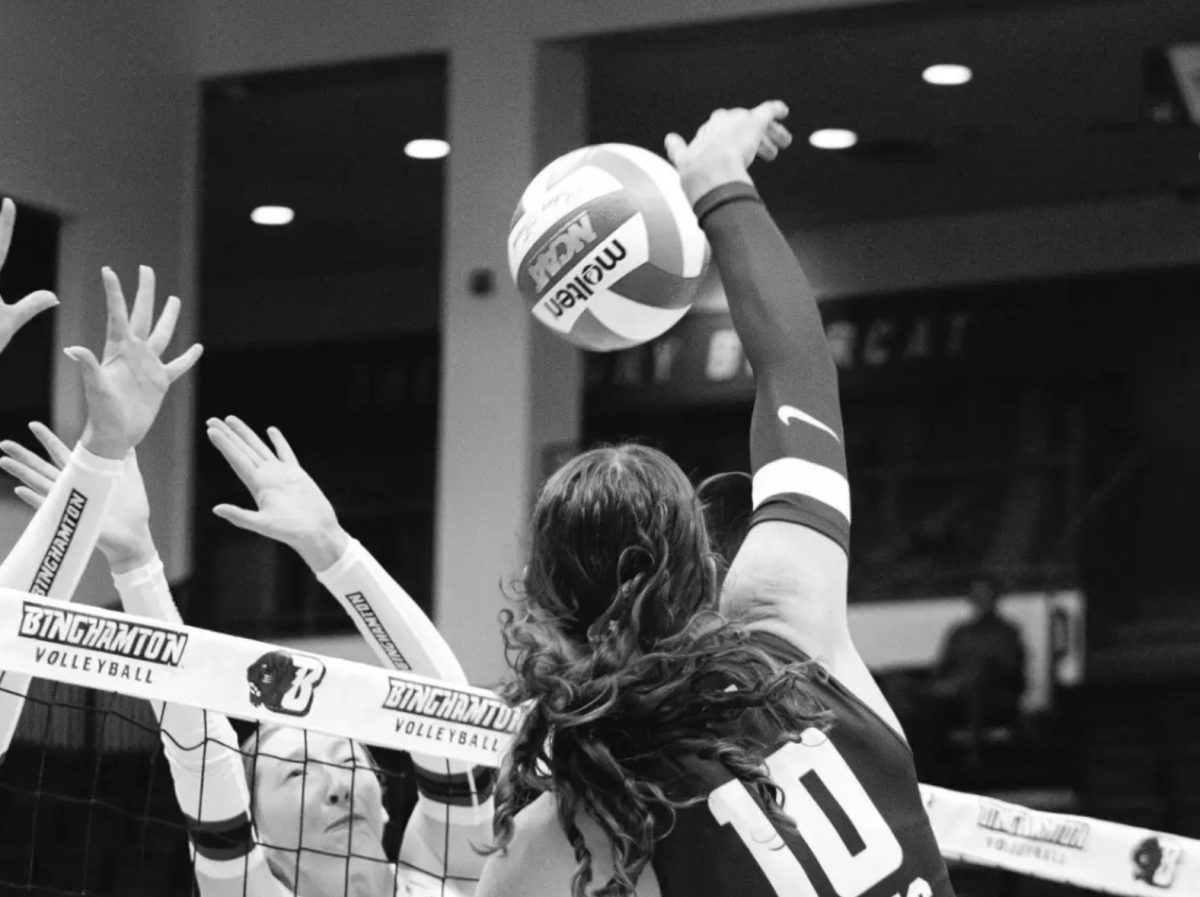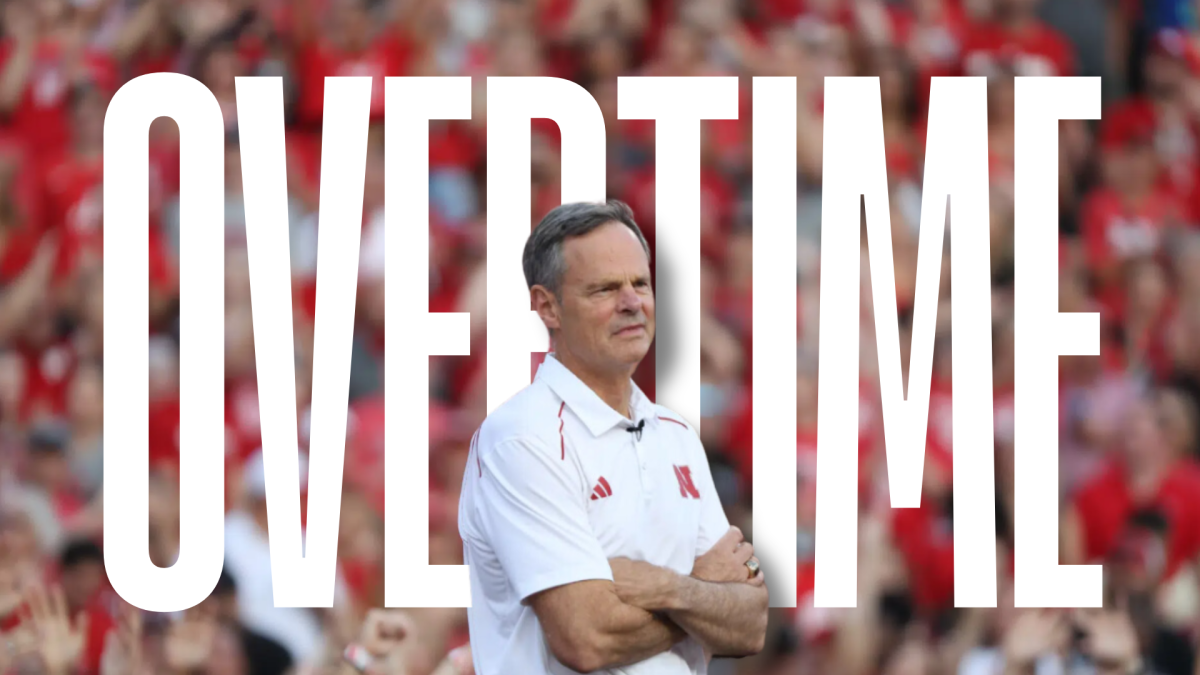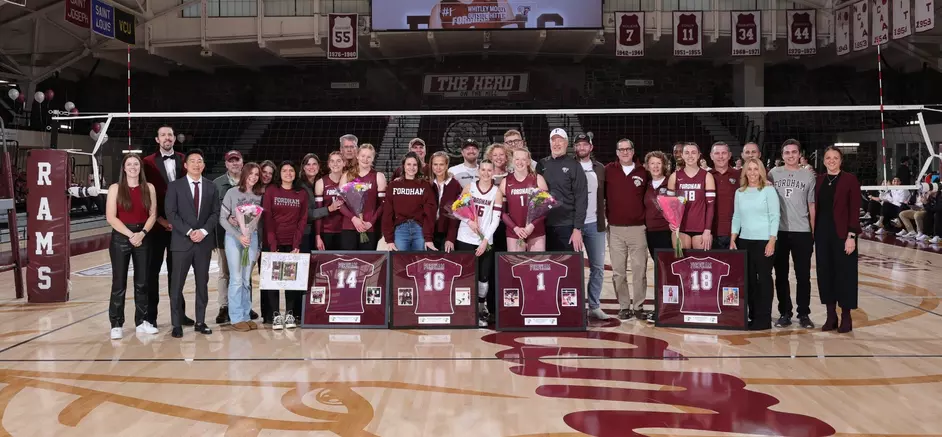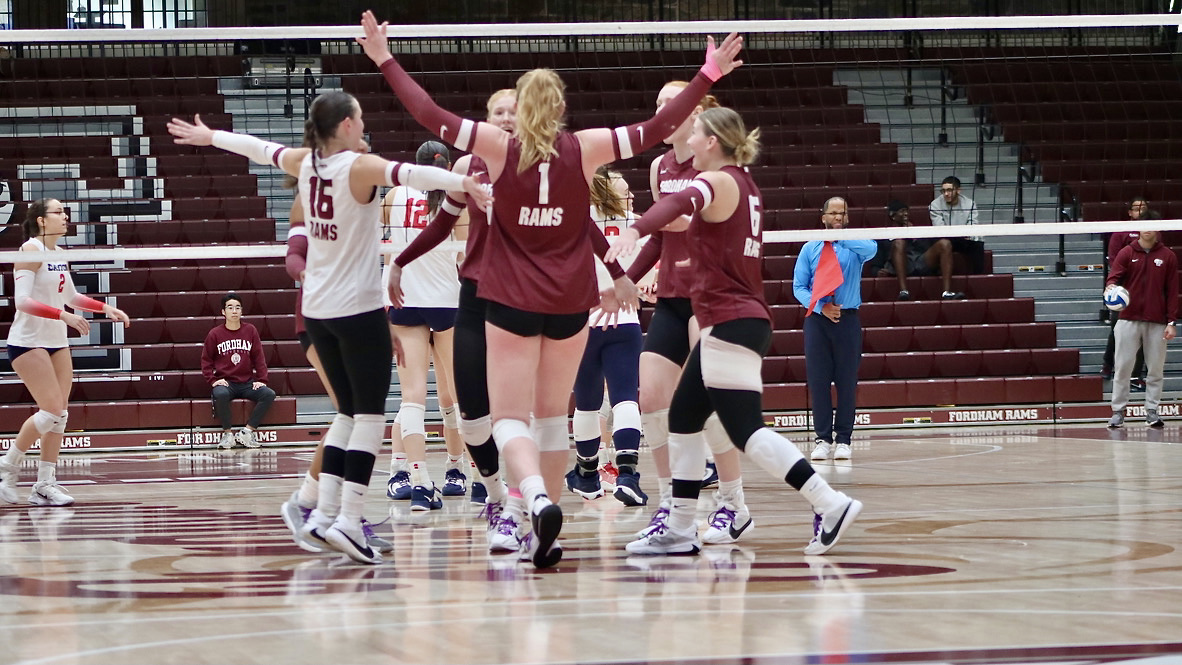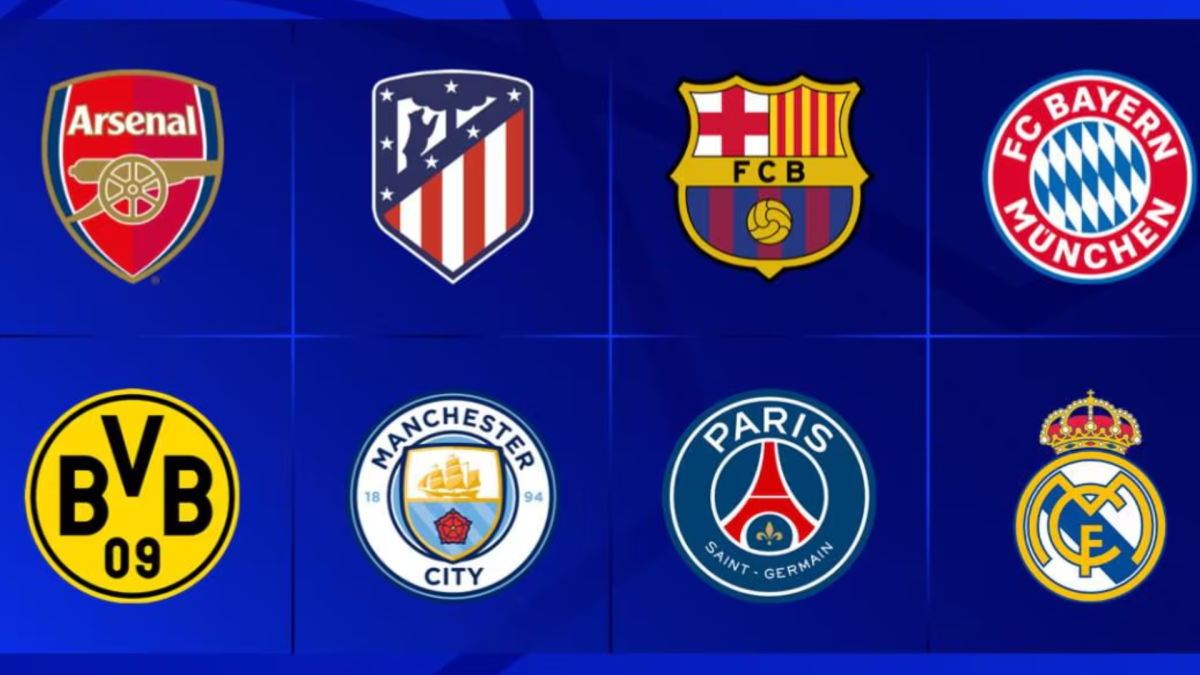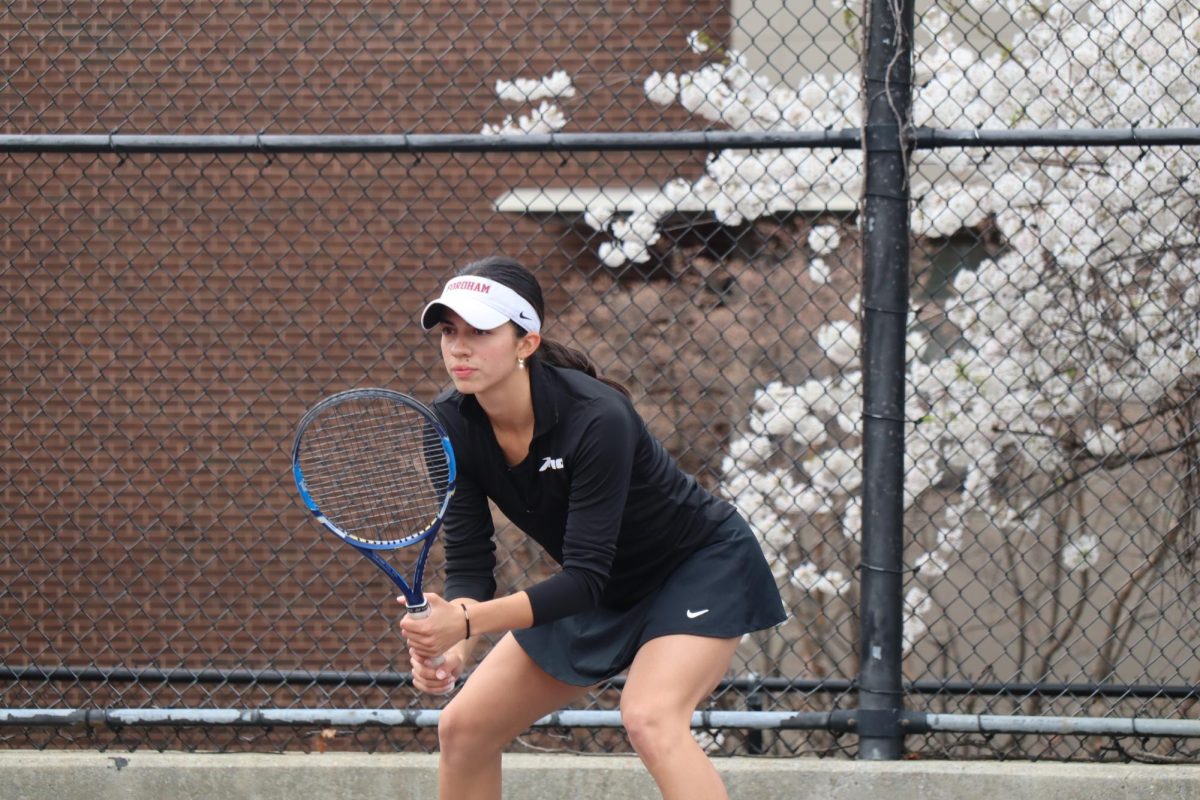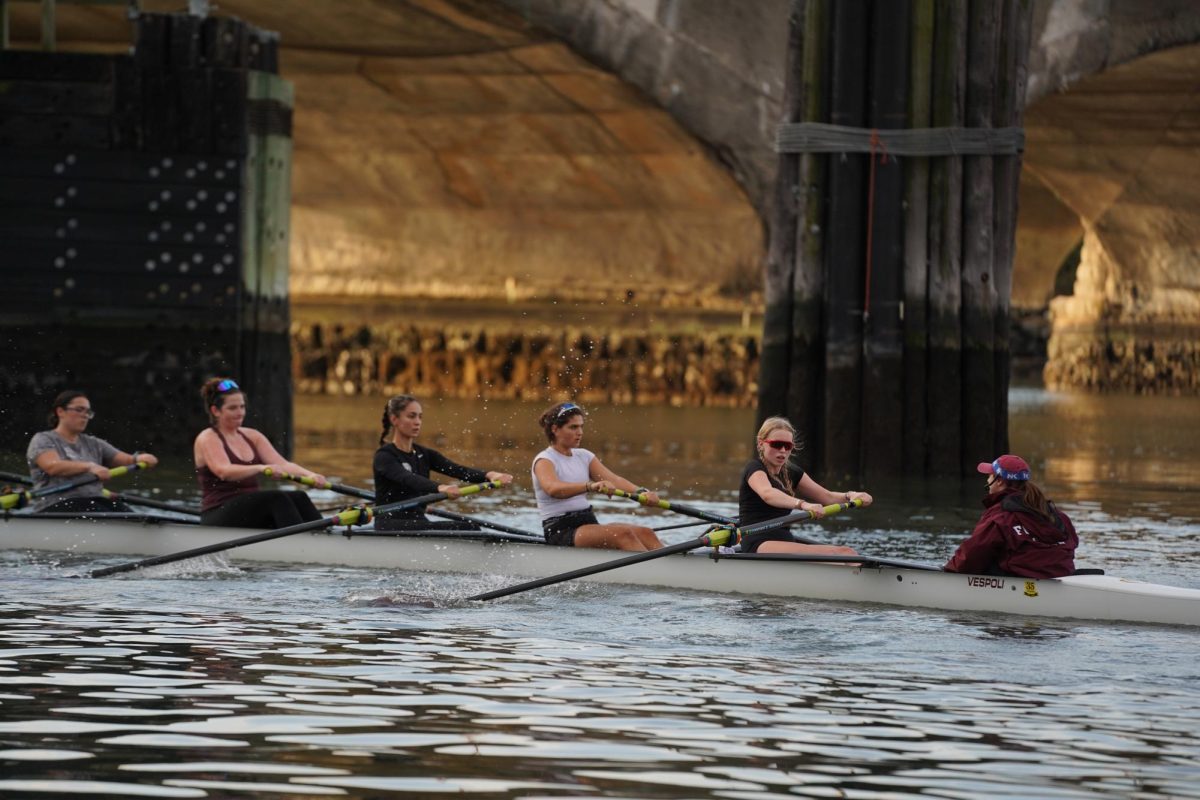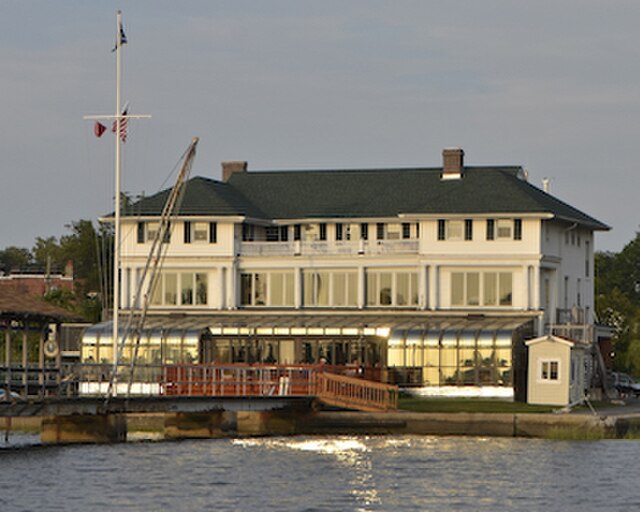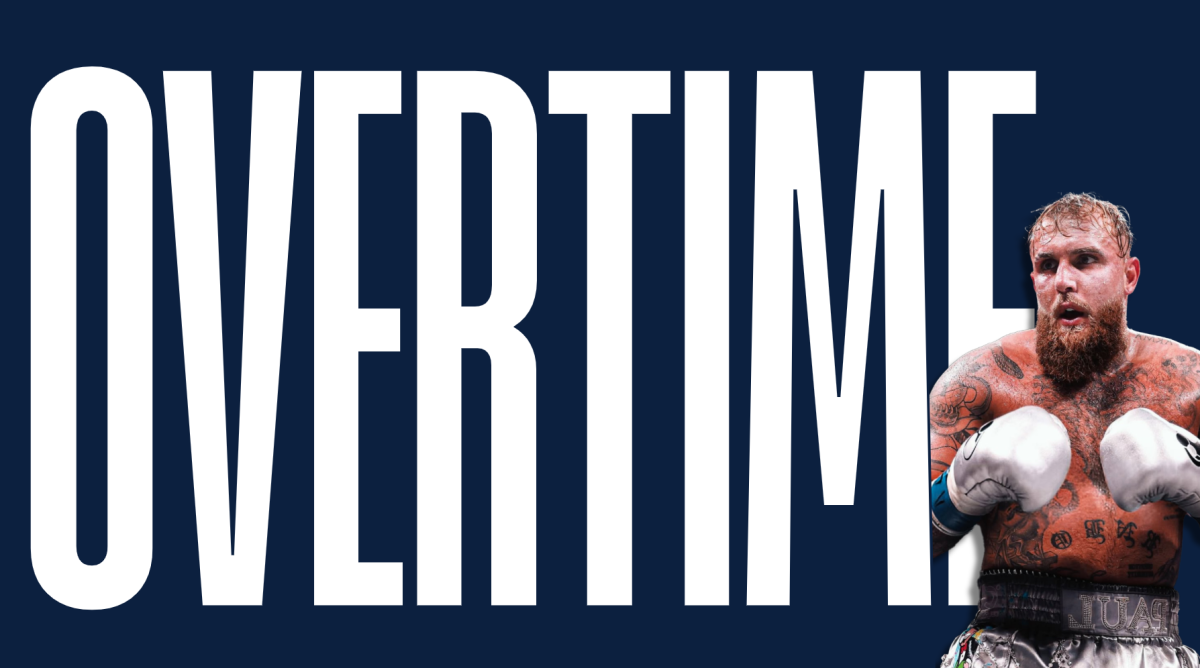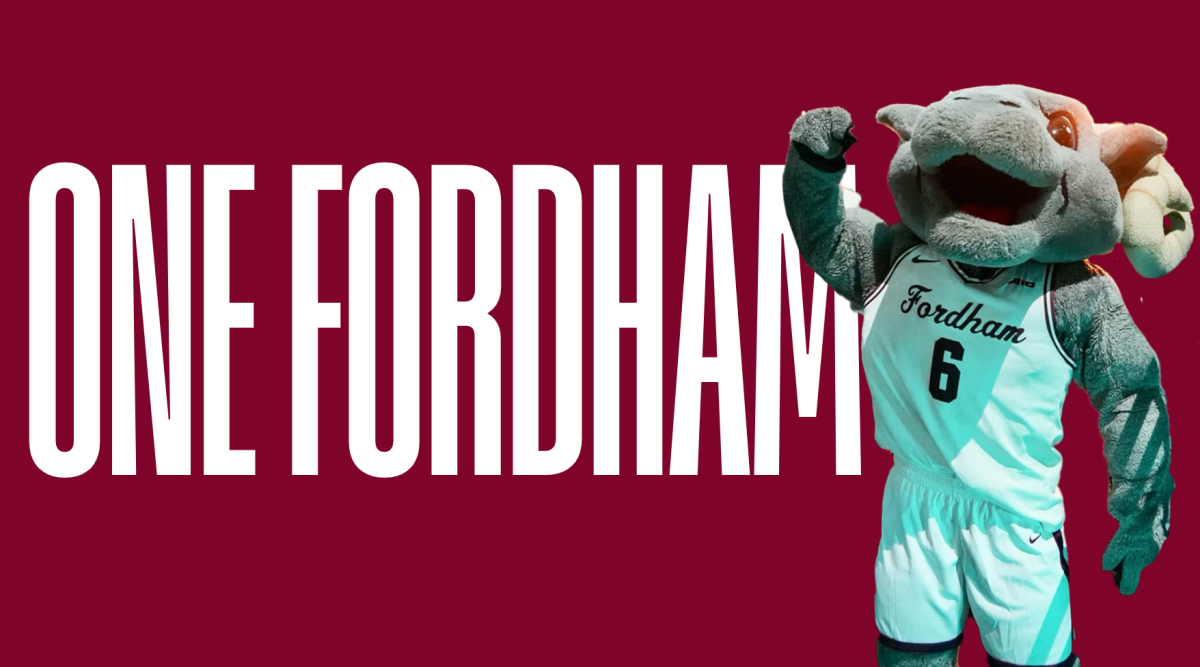By Joe Vitale
When the U.S. News and World Report publishes its national university rankings each year, the numbers have the tendency to be regarded as arbitrary. It is not entirely convincing, many contend, to distill vast swaths of information into such tidy lists.
But, for many, a quick data analyis demonstrates that top universities share a great deal that make them more desirable. One factor that is never overlooked is a school’s acceptance rate. There are elite institutions such as Harvard, Princeton and Stanford, that boast incredibly low acceptance rates. Stanford, at number one, admitted just 5.7 percent of applicants last year. Yale, tied for fourth, and Harvard, which ranked second, admitted less than 7 percent of those who applied.
In recent years, this figure has become one of the most crucial factors in determining a school’s ranking, and acceptance rates have come to serve as an indicator of exclusivity. If it is too high, schools appear lacking in rigor and are dismissed as mediocre. If too low, a school can appear beyond the grasp of applicants who would be considered moderately competitive.
But, it is the extremely low acceptance rates that have the largest effect on prospective students’ mentalities. Due to a university’s apparent elitism, low acceptance rates entice thousands of aspiring students from across the country to hedge their bets by submitting an application. With even more applicants applying and no increased class sizes, this furthers low acceptance rates.
What results is a vicious cycle.
The fact that more students are applying to more schools is hardly newsworthy. One out of every four seniors, according to College Board, submitted seven or more applications last year. According to the National Association of College Admission Council, 25 percent of students who enrolled in college in 2010 applied to more than seven schools. Just a year before, that number was 23 percent.
Similarly telling are the numbers being reported by colleges. In 2010, 73 percent of colleges and universities experienced an increase in applications from the previous year, with Fordham’s undergraduate program being among this large percentage.
One of the factors explaining why more colleges are receiving applications is the Common Application. Since its initiation 35 years ago, the Common App has provided a streamlined platform for students to submit their applications to the more than 500 schools associated with the service. Its stated purpose is to promote “equity, access, and integrity,” and data shows that the Common App has been more than successful in helping students cast wider nets.
But, in blooming undergraduate programs across the country, the same number of students are submitting way more applications for the same number of spots, requiring competitive universities to reject more and more students each year.
Apply to Stanford, and there is a 95 percent chance you receive a rejection. Submit an application to Washington University in St. Louis and the number hovers in the 70 percent range. Throw your hat into the ring at Fordham and there is more than 50 percent chance you are rejected.
Completing the vicious cycle, students are reacting by applying to more schools. Doing so, logic would suggest, increases one’s odds of acceptance, though it ultimately furthers the cycle as, each year, more and more students apply to the nation’s elite schools.
Along with fostering such a cycle of low acceptance rates, the gauge has encouraged more moderately-rated colleges to boost the number of students who apply to their schools in order to appear more competitive.
The quickest — and most economical — way to do this is by mass-marketing themselves in order to encourage more and more students to apply. Across the country, colleges are contributing to this cycle more fiercely than ever. They are constructing multi-million dollar arts centers and athletic facilities, expanding residence halls and providing amenities (poolside service, anyone?) like never before.
Colleges are also making the application process more streamlined in an effort to catch the attention of more students.
In his column in The New York Times, Frank Bruni recently considered Swarthmore College, a small liberal arts college, which recently simplified the application process for potential students. Just a year ago, Bruni noted, Swarthmore applicants were required to write two 500-word essays as a supplement to the essay required by the Common Application. But, the requirements were followed by a dip in the number of applications it received. In order to reverse the trend — that is, lower its acceptance rate — the college scaled down the requirement to one supplemental essay, of only 250 words.
“Swarthmore is hardly alone in its desire to eliminate impediments to a bounty of applicants,” Bruni notes. “Over the last decade, many elite colleges have adjusted their applications in ways that remove disincentives and maximize the odds that the number of students jockeying to get in remains robust — or, even better, grows larger.”
He has a point. Colleges often find that generating interest in their schools boosts their application number and lowers their acceptance rate, thus increasing its exclusivity. This only adds to the hunger of students to graduate from universities renowned for their ultra-low acceptance rates.
So, if the number is a result of students applying to more schools and colleges making it easier to do so, does a school’s acceptance rate truly matter?
Most likely not. Most data point out the fact that because more students are applying does not necessarily mean more highly-qualified students are applying. Additionally, more students are submitting application to more schools than ever, forcing college’s to increase their number of acceptances in anticipation of lower yield rates. And lastly, an acceptance rate is a number that colleges can easily inflate by simplifying its application requirements, offering free applications and so forth.
One should not be disuaded from applying to a school that has a low acceptance rate. Similarly, there is little reason to believe that applying to a school with an average acceptance makes it any less prestigious. Like any other number (say, retention rates and starting salaries) acceptance rates are simply another number to consider, not fuss over. As for tuition rates, that is a different story.
__________
Joseph Vitale, FCRH ’16, is a political science and urban studies double major from Staten Island, New York.


